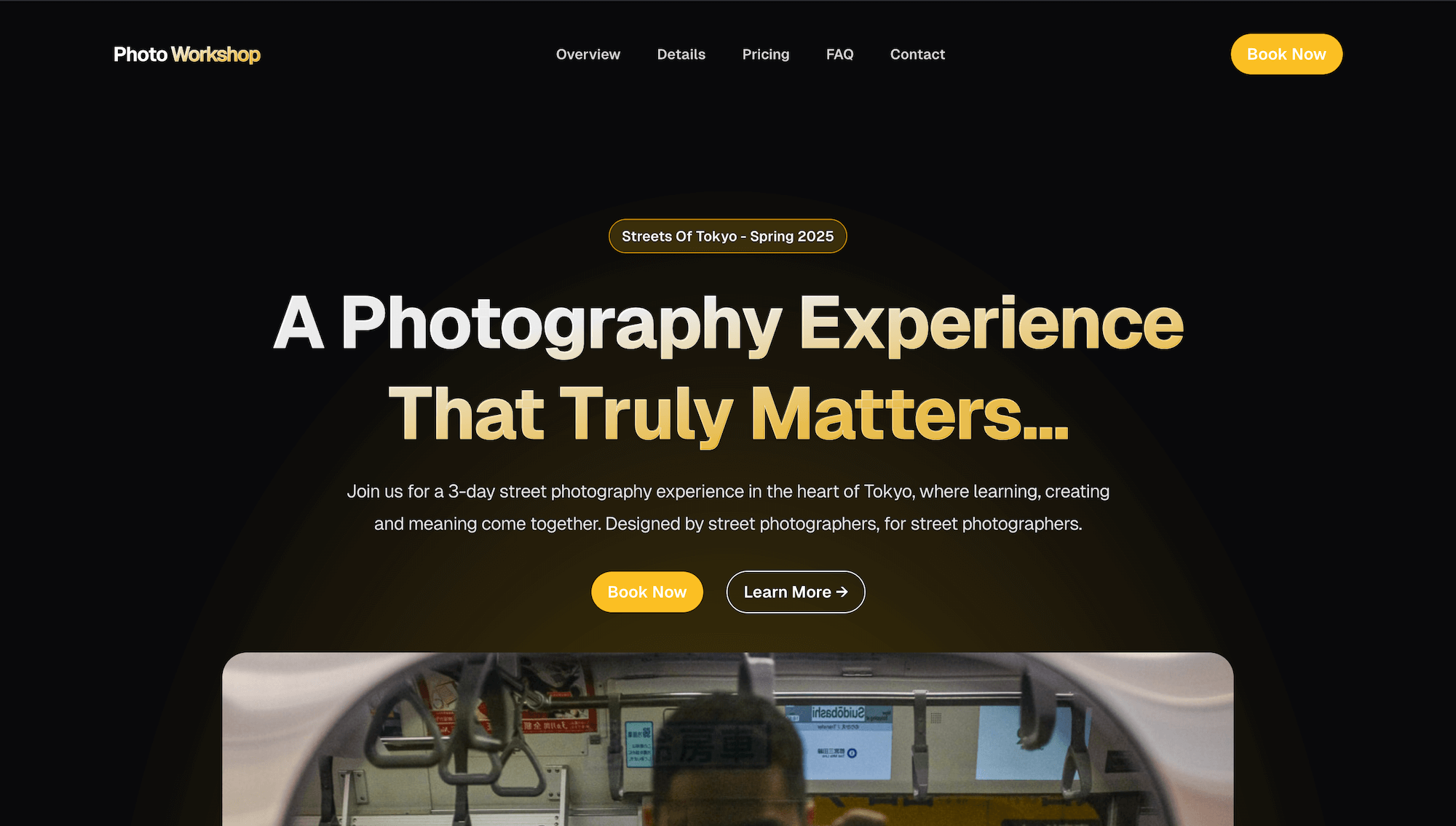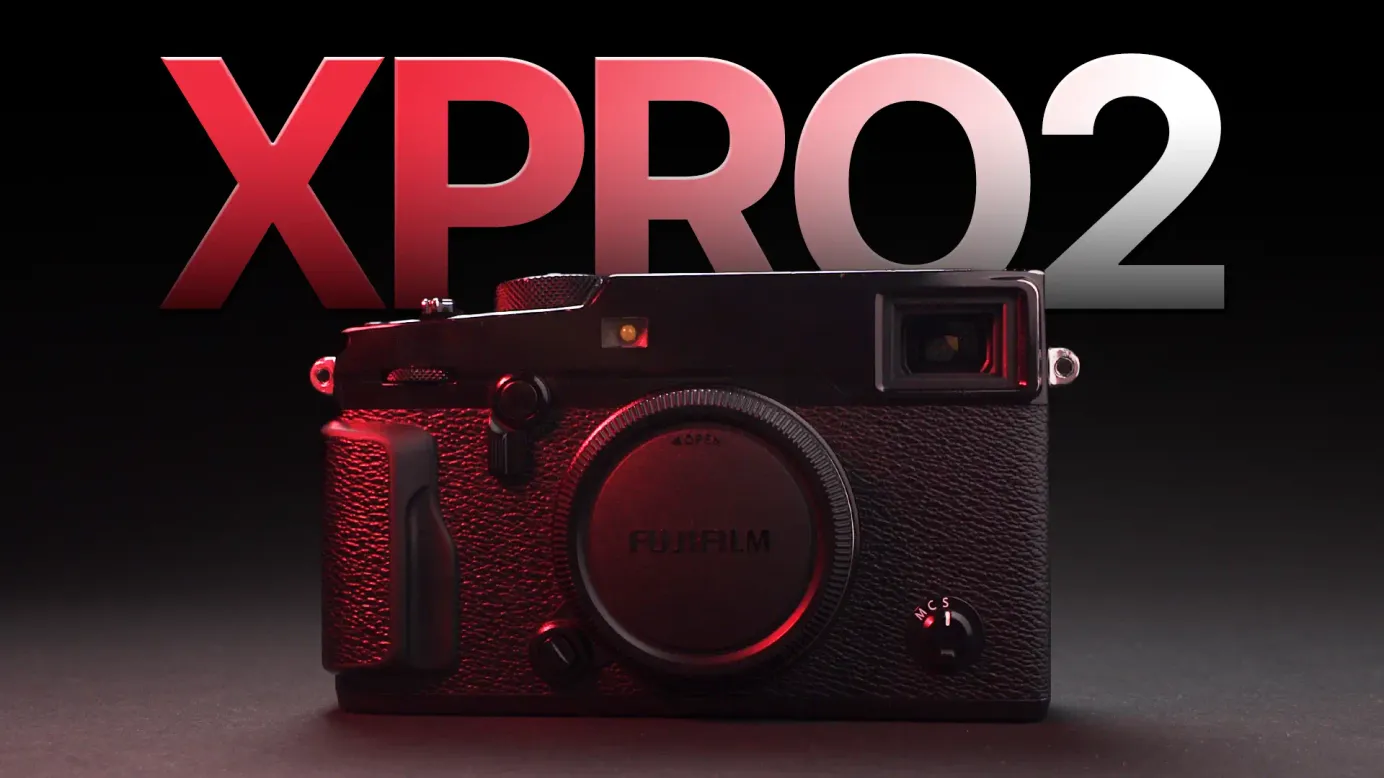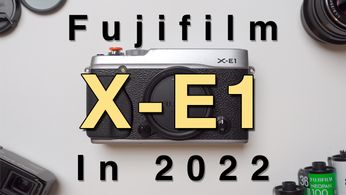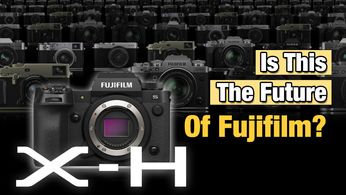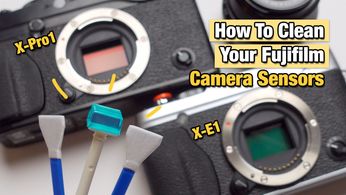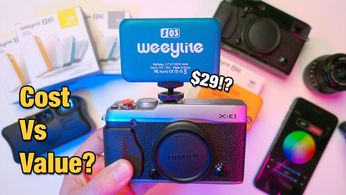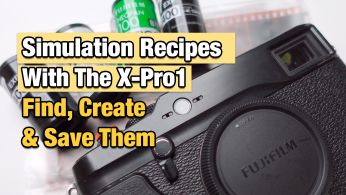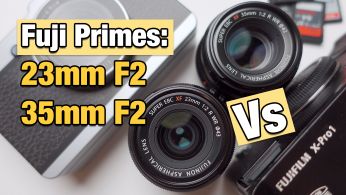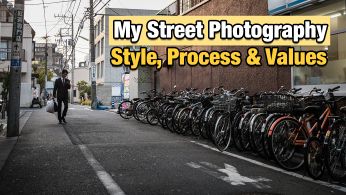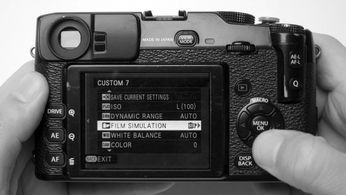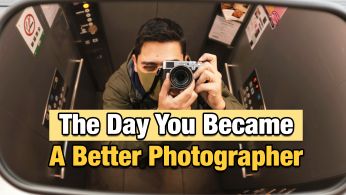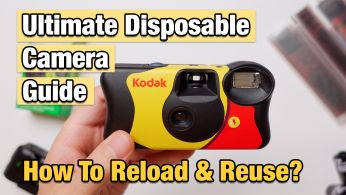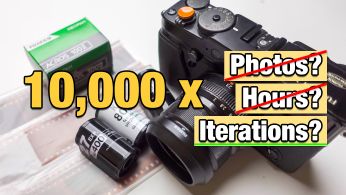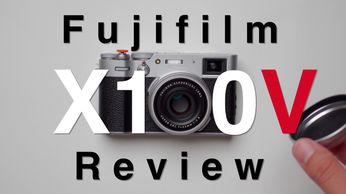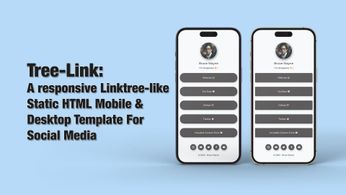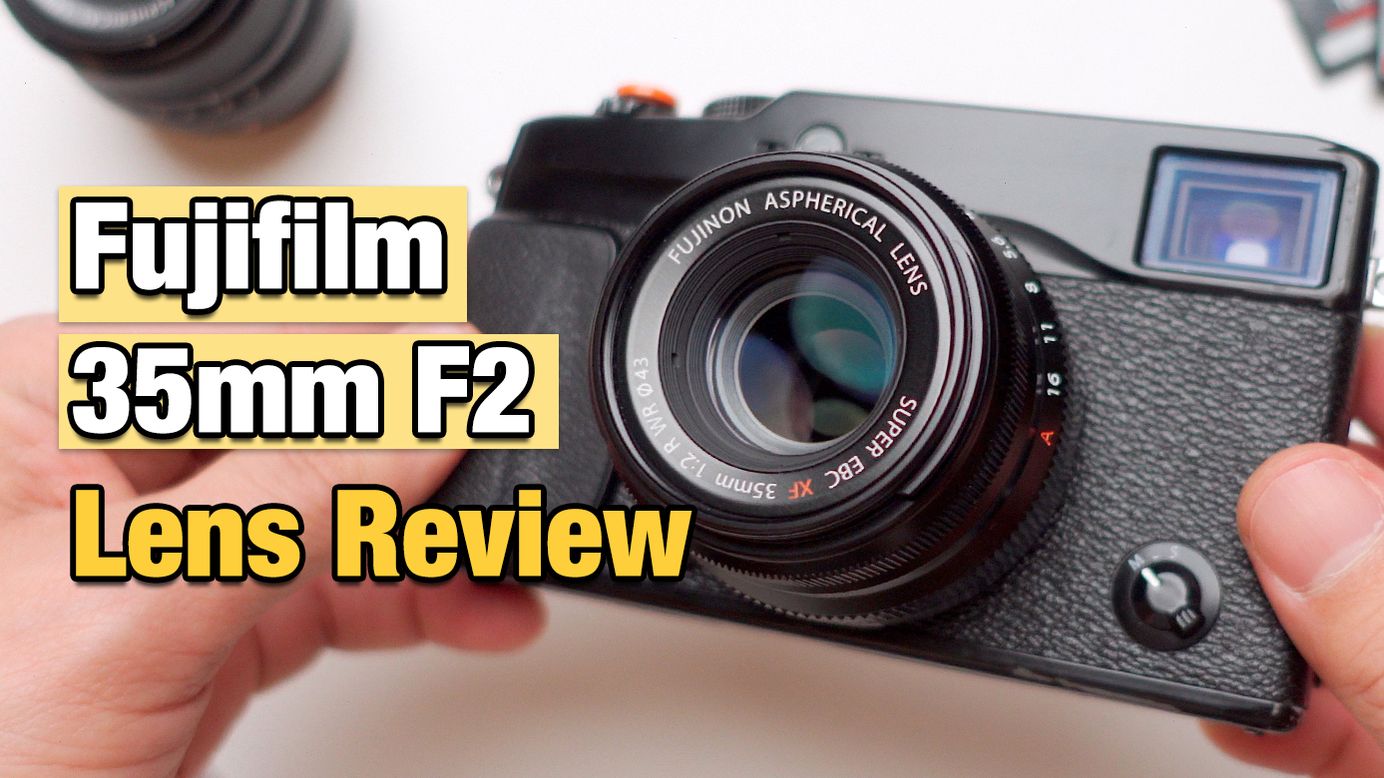
Fujifilm XF 35mm F2 Lens - Review With Samples
Table of Contents
This is a summary of my YouTube Review Video, you can watch the whole piece linked at the bottom of the blog post.
Camera bodies come and go, but lenses stay with you and hold their value a lot longer. Last year I bought an X-Pro1 and reviewed it on this channel, I wanted to be able to judge the camera fairly, so my first lens was the same Fujinon 23mm F2 lens I was already accustomed to with all of the X100 cameras.
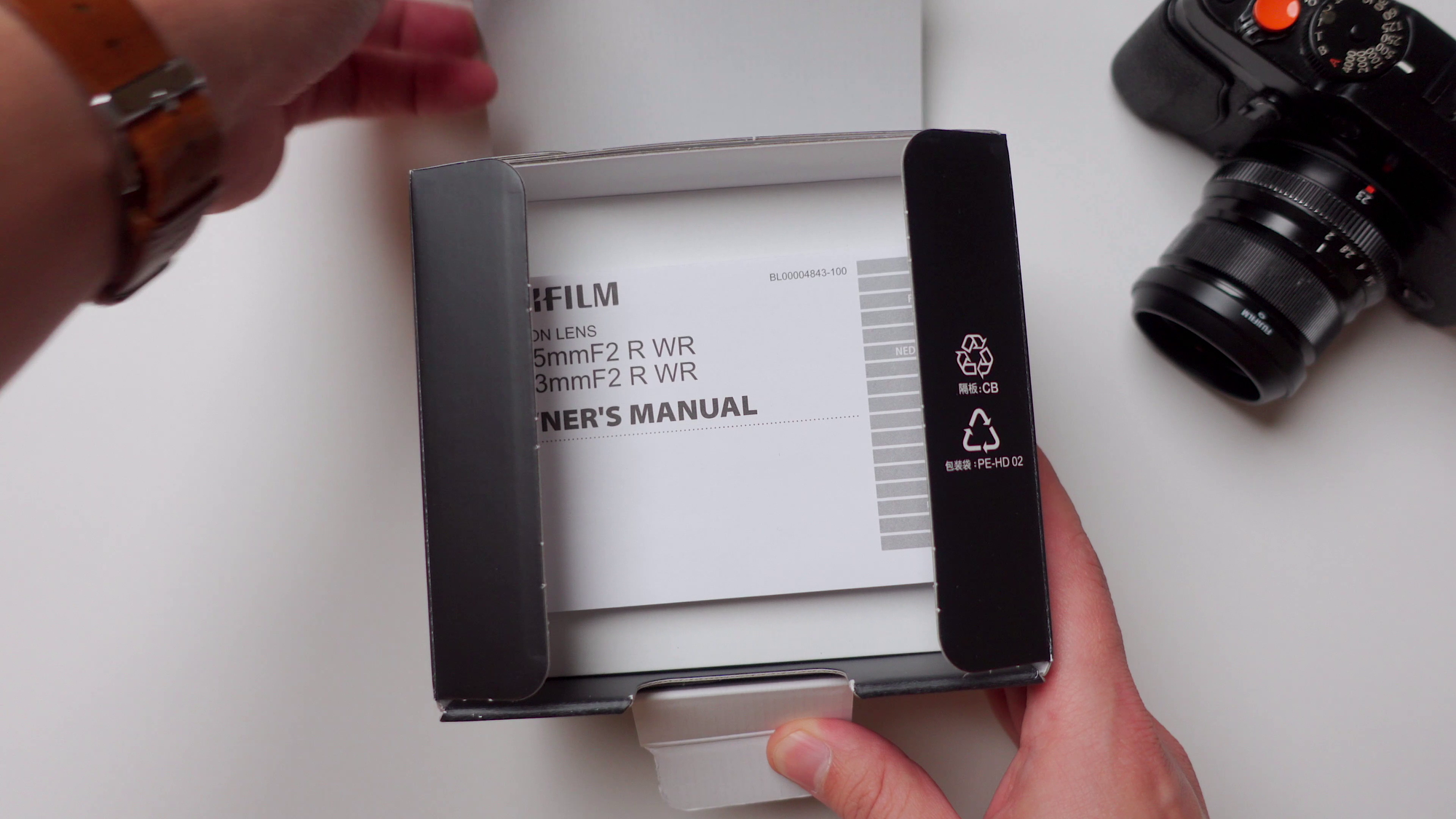

However, I wanted to try different things and to practice my “Learn by doing” motto, so I decided to get a used Fujinon 35mm F2 last November, and after using it for about 3 months, I have a lot to say about this lens.
First, let’s set the ground rules, this lens is not exactly new, and it’s not the only 35mm option for Fujifilm cameras, there are a lot of videos out there, reviews and options as well.
I want to make a useful video/post for people out there, so I will mention some specs and talk about the lens itself, but this video is mainly about my experiences with the lens, the change in the focal length and how does it feel to use it.
Balancing specs and experiences hopefully will allow us to turn a regular lens review into a meaningful discussion about the craft, the lens, and my experiences with it. Let’s get started.
The Lens Basics - Specs & Details
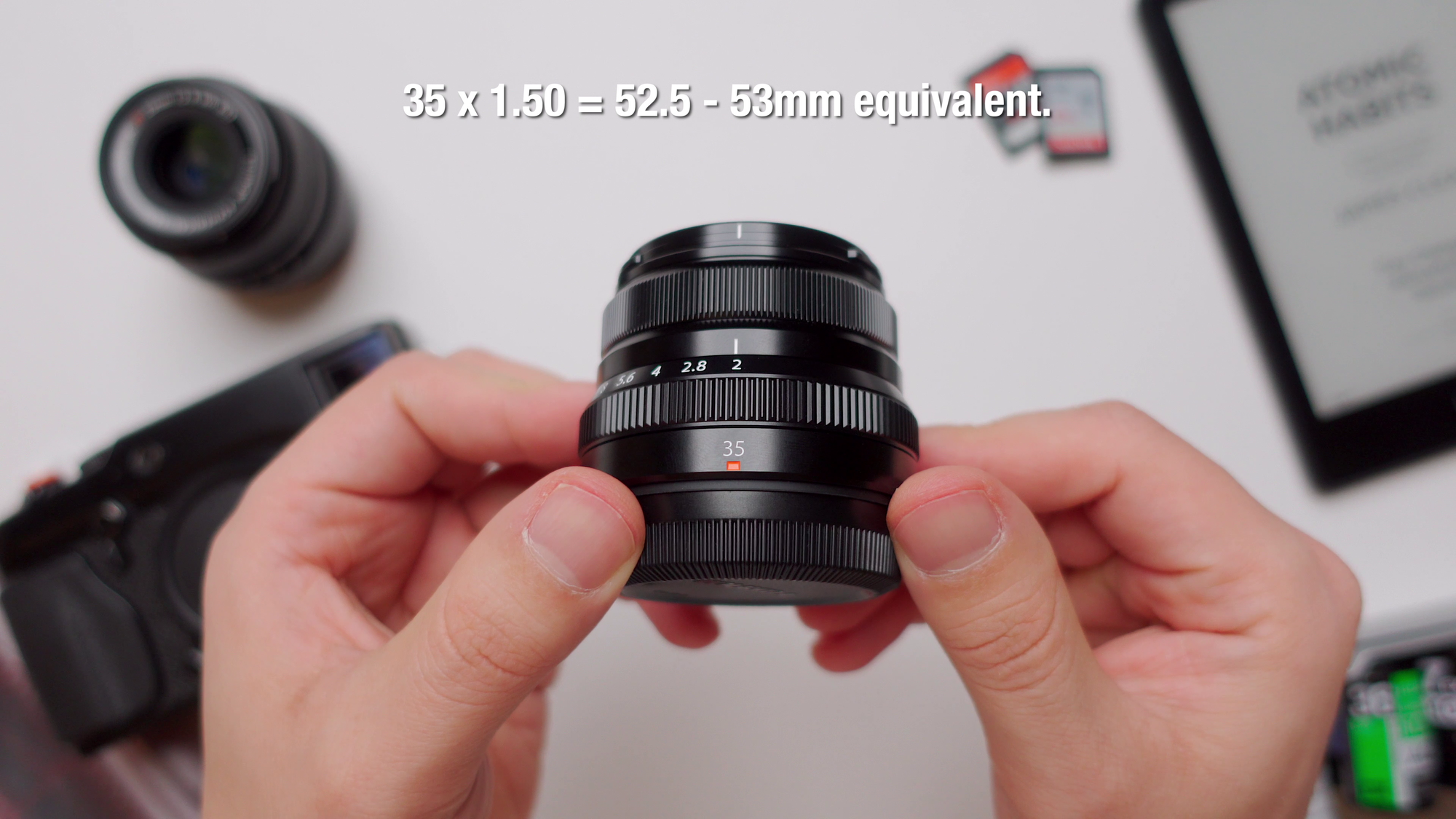
Let’s start with the basics, this is a 35mm APS-C lens, a 53mm equivalent in full-frame, so not a true 50 mil. Fujifilm has announced a brand new true 50mm lens, and it seems great, but more on that later.
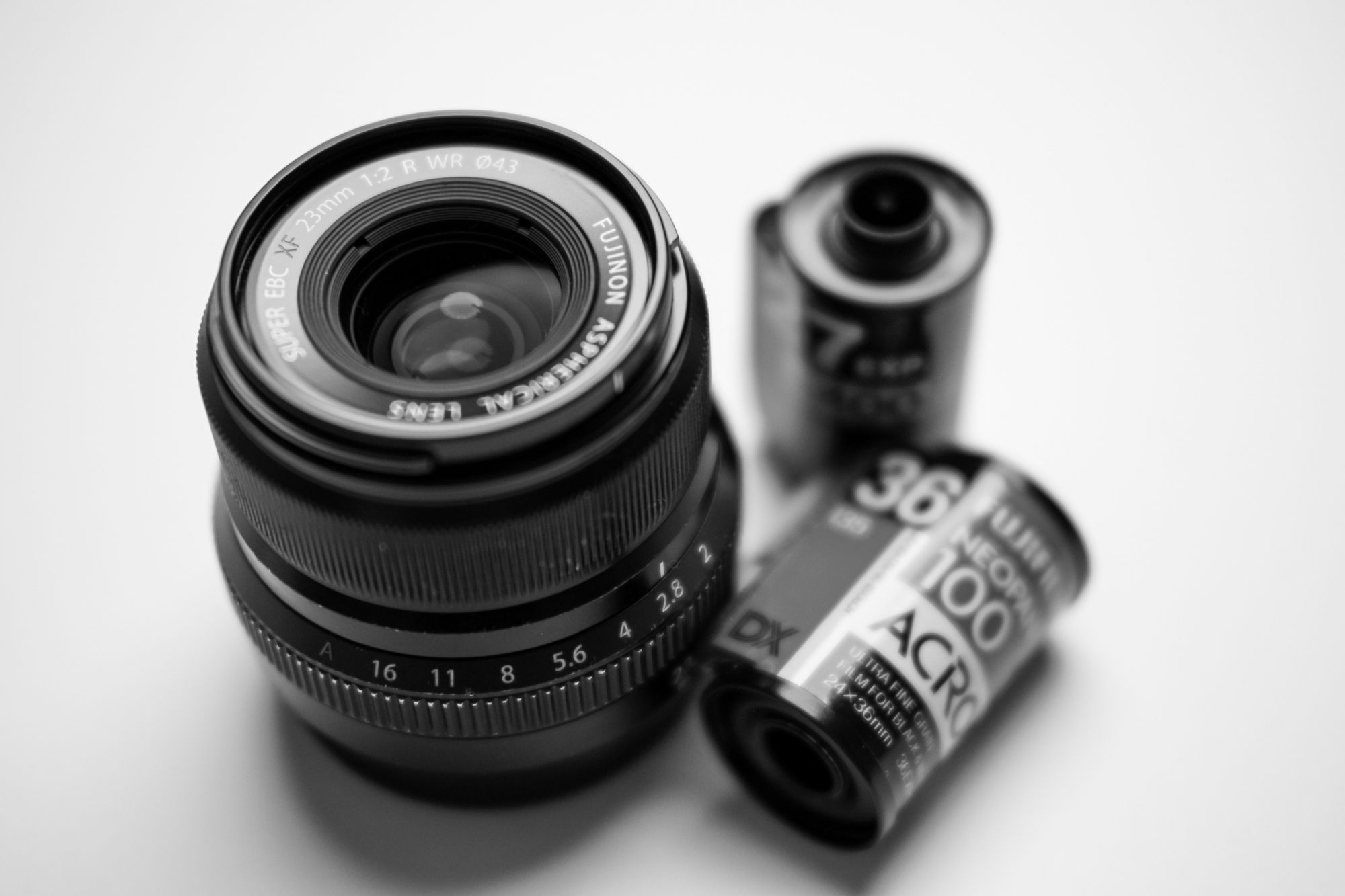
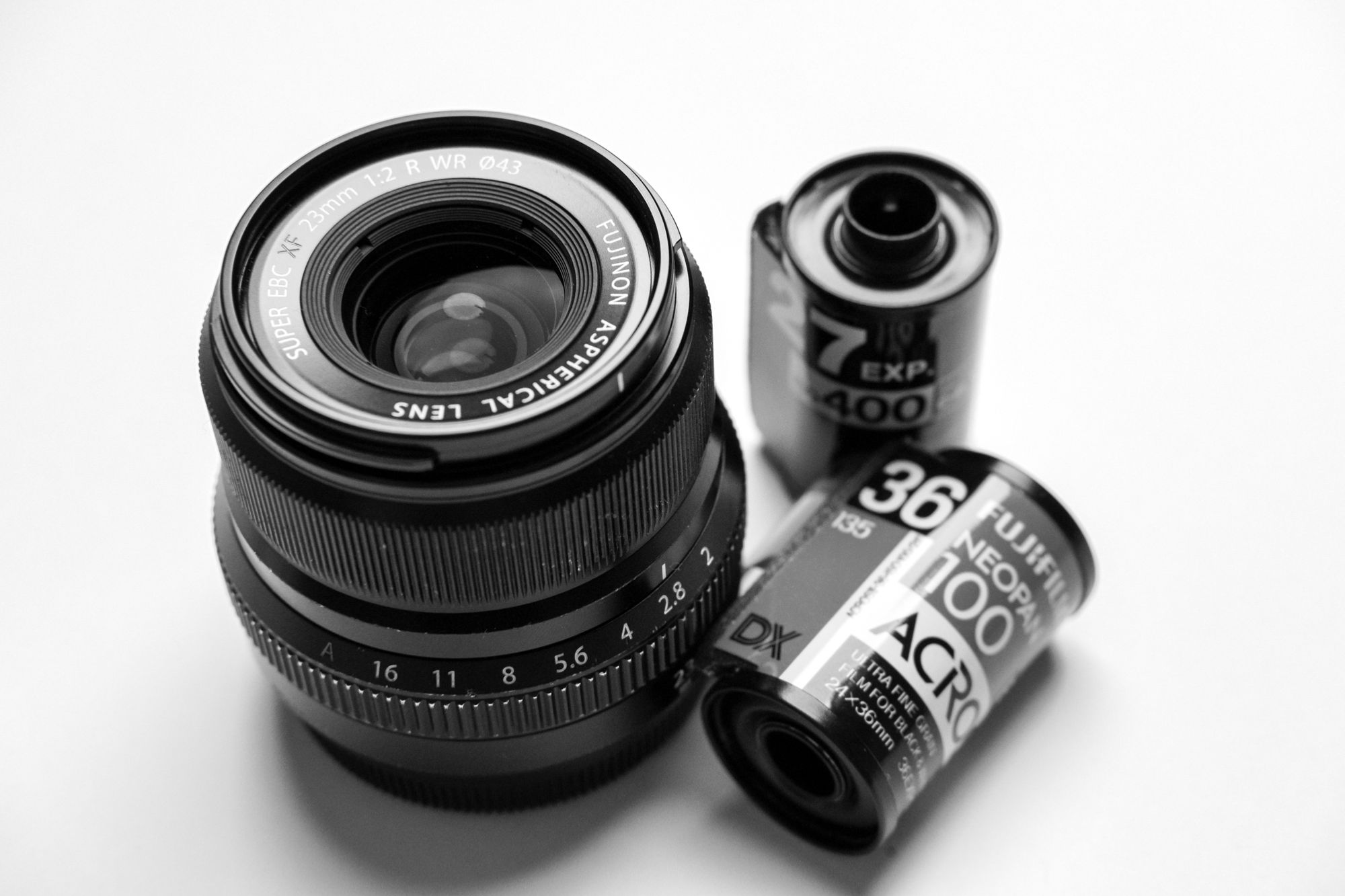
The minimal focusing distance is around 35 cm, usable for close-ups and product photography, but that comes at the cost of a little bit of softness. Even at higher F-stops, but only while shooting at the minimum focusing distance.
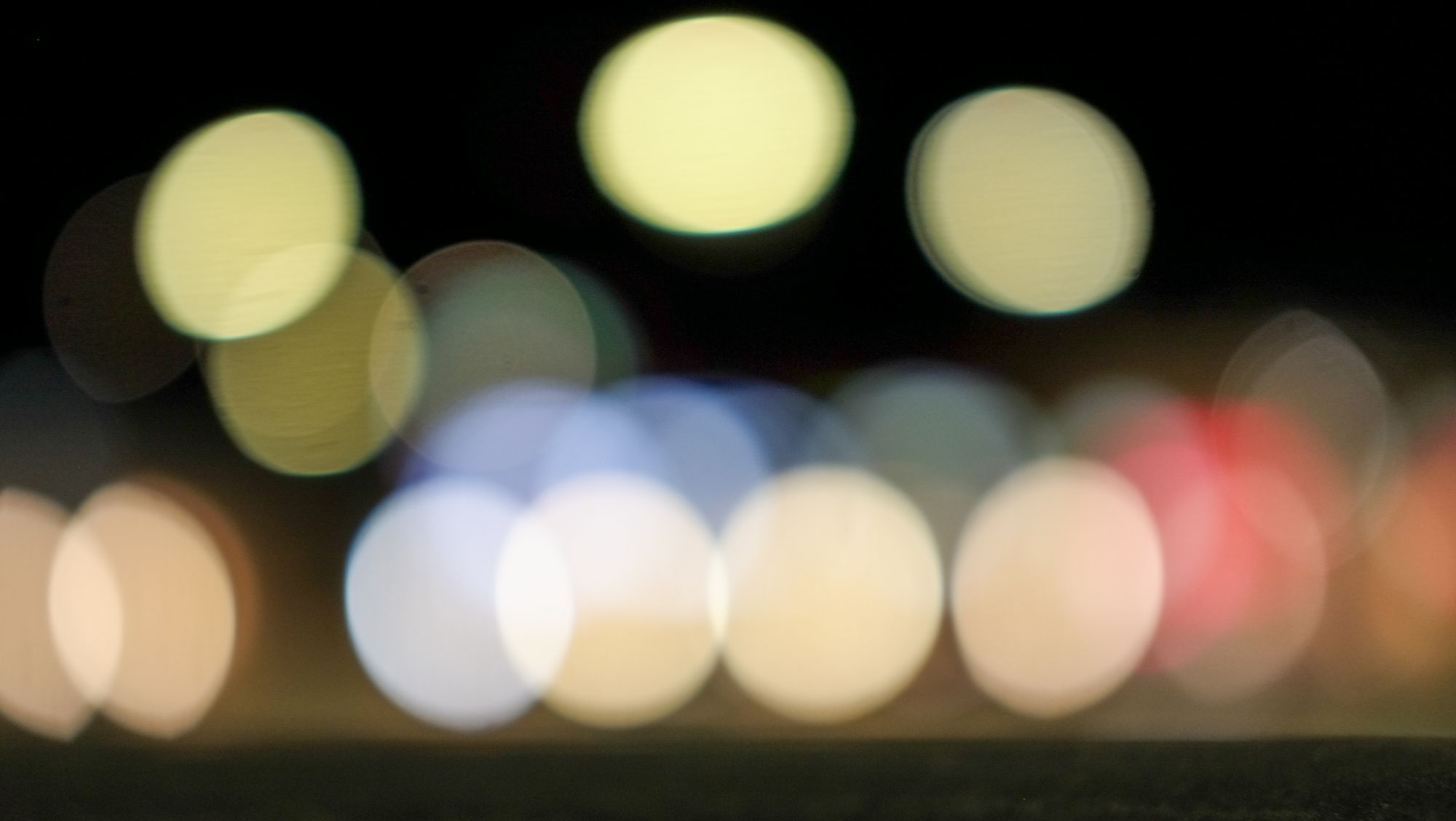
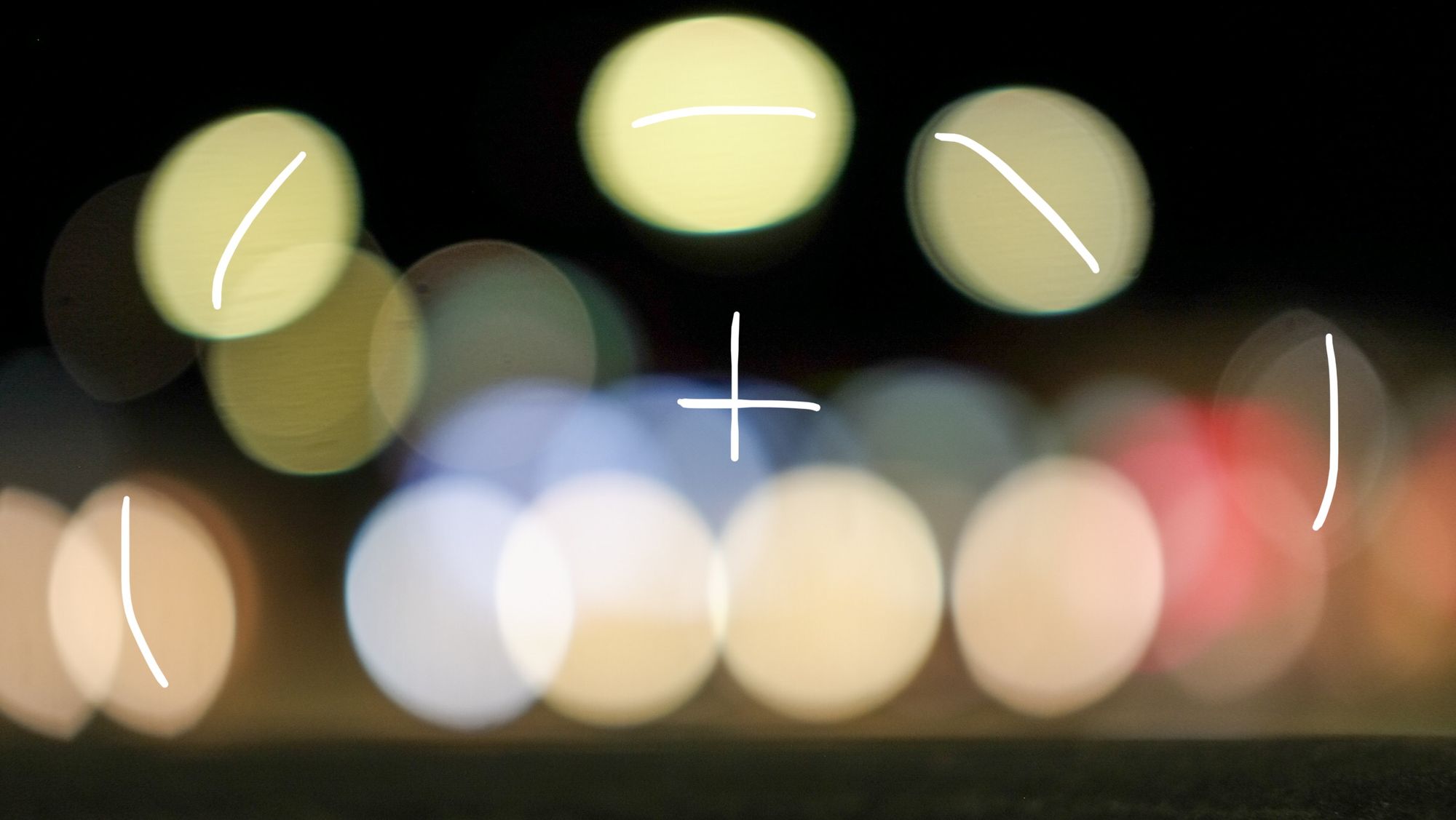
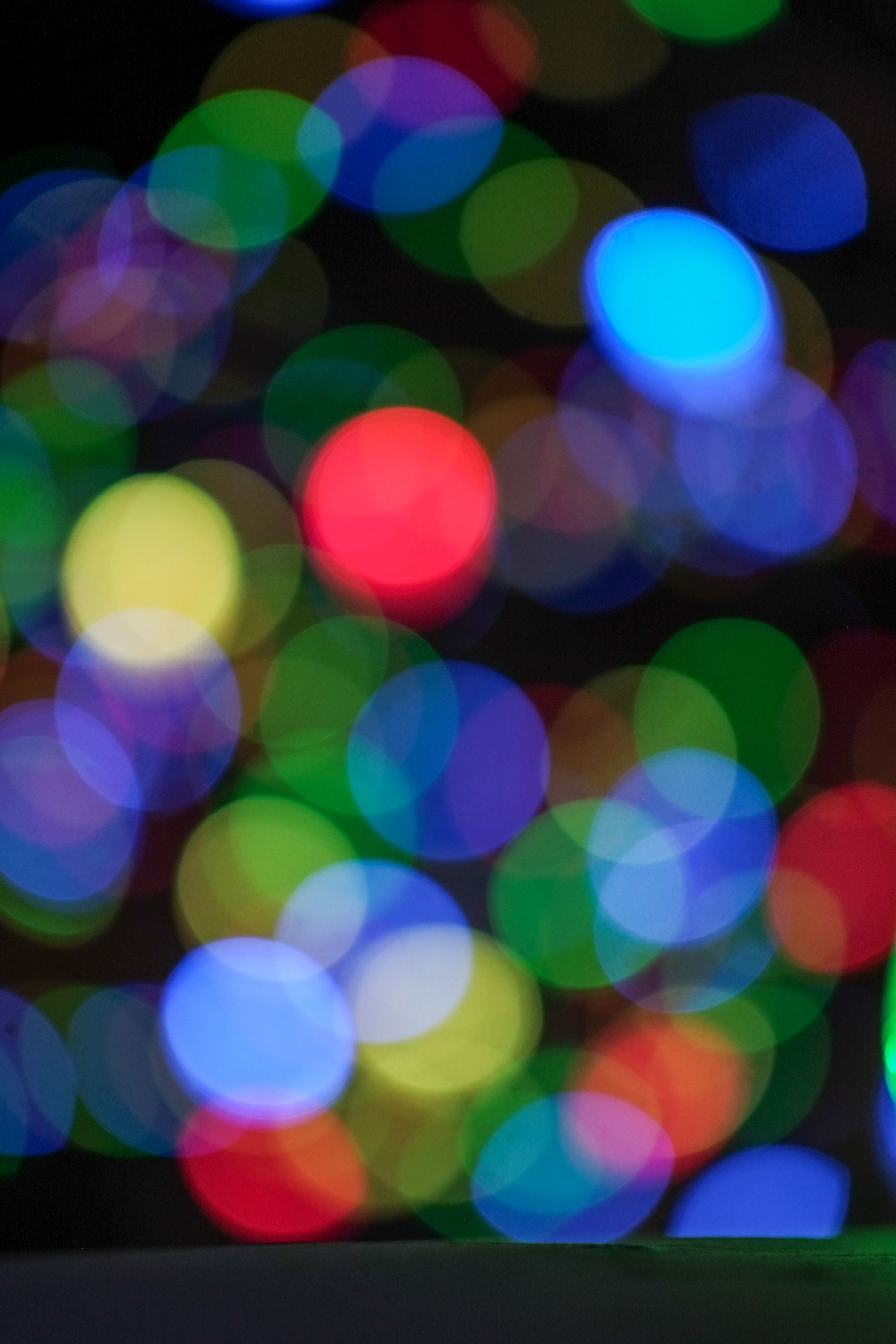
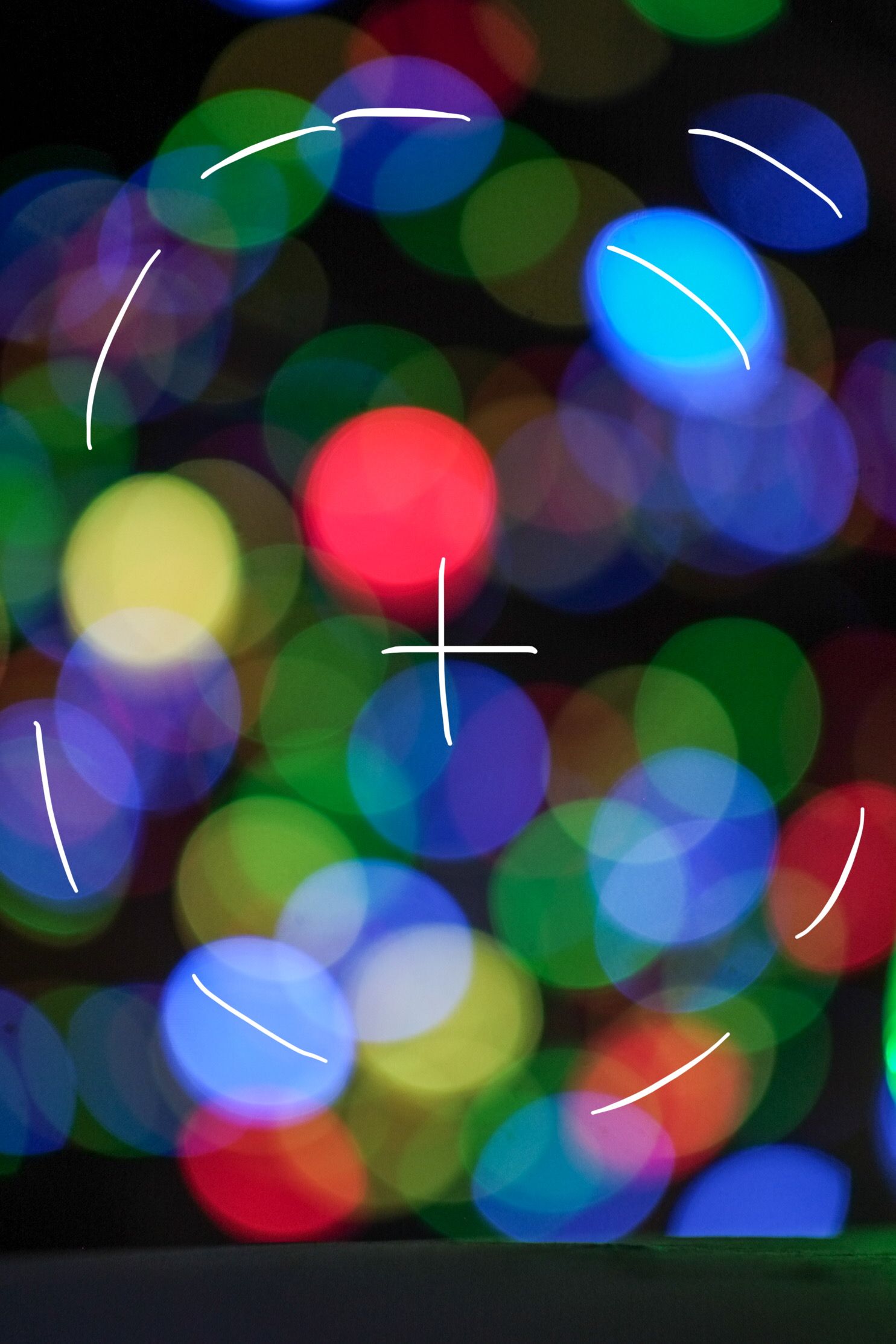
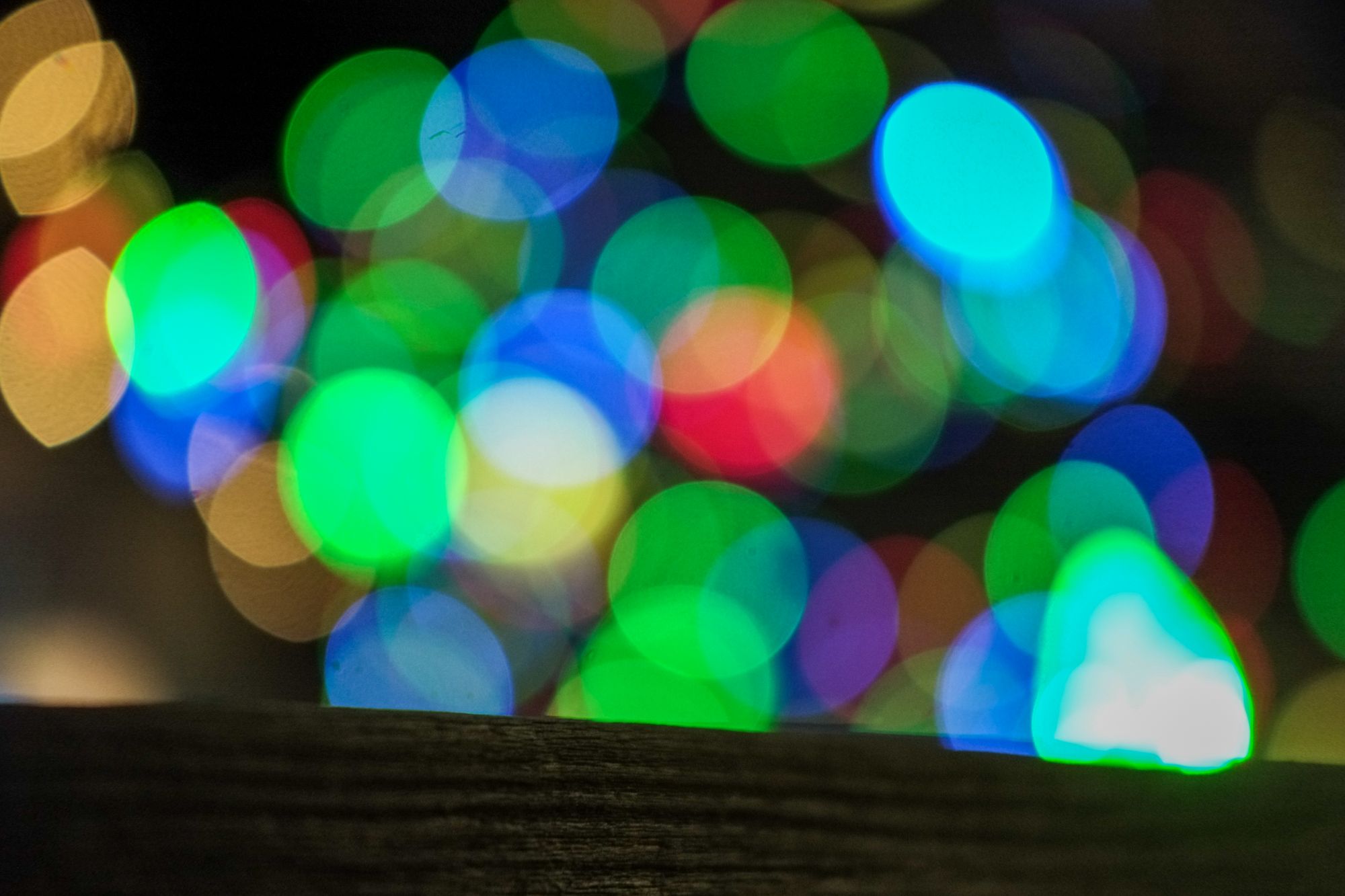
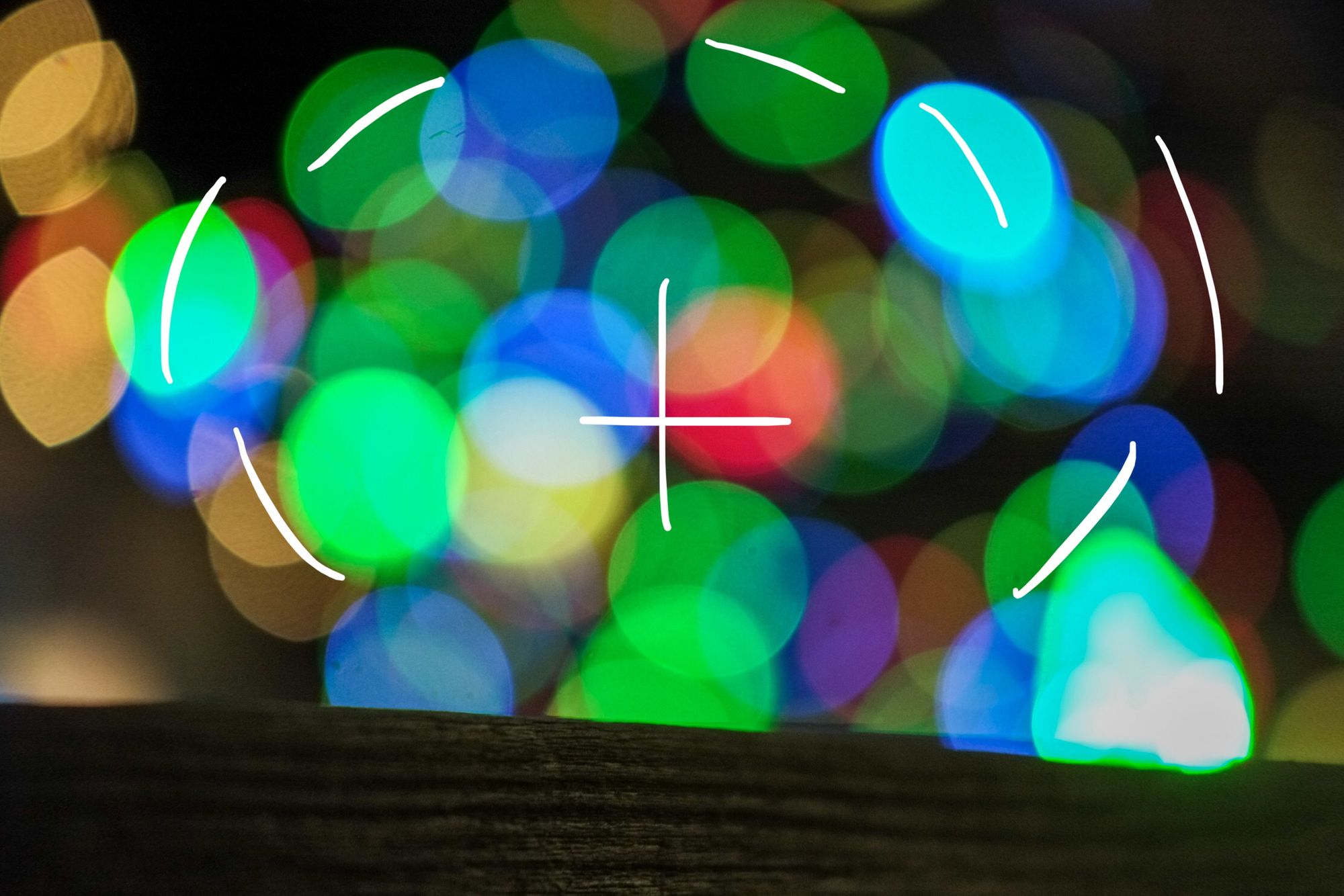
The bokeh has this sort of circular pattern from the centre of the frame, there’s nothing wrong with it, just an observation of the aesthetic elements. I could not care less about this, but regardless, now you know.
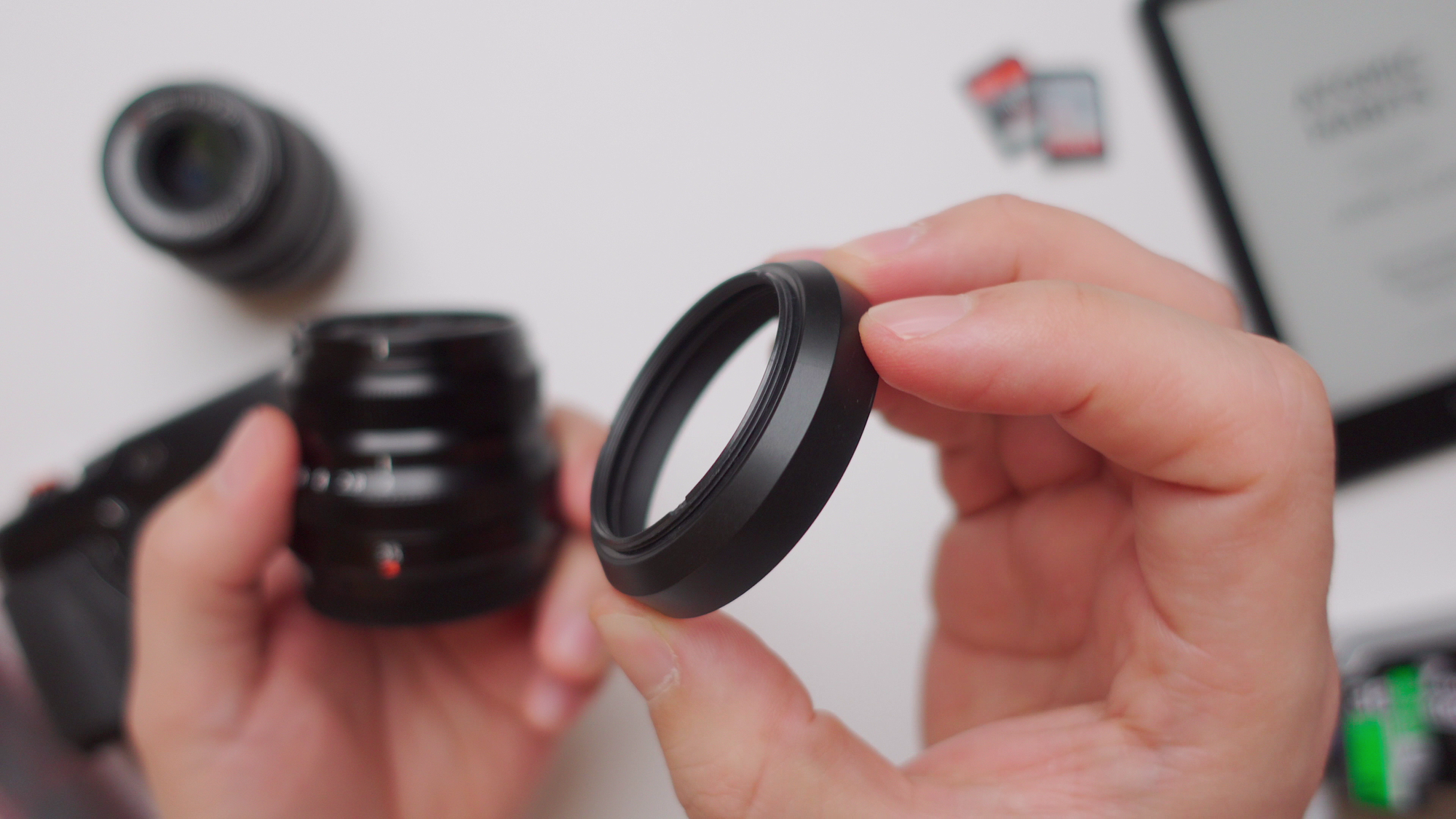
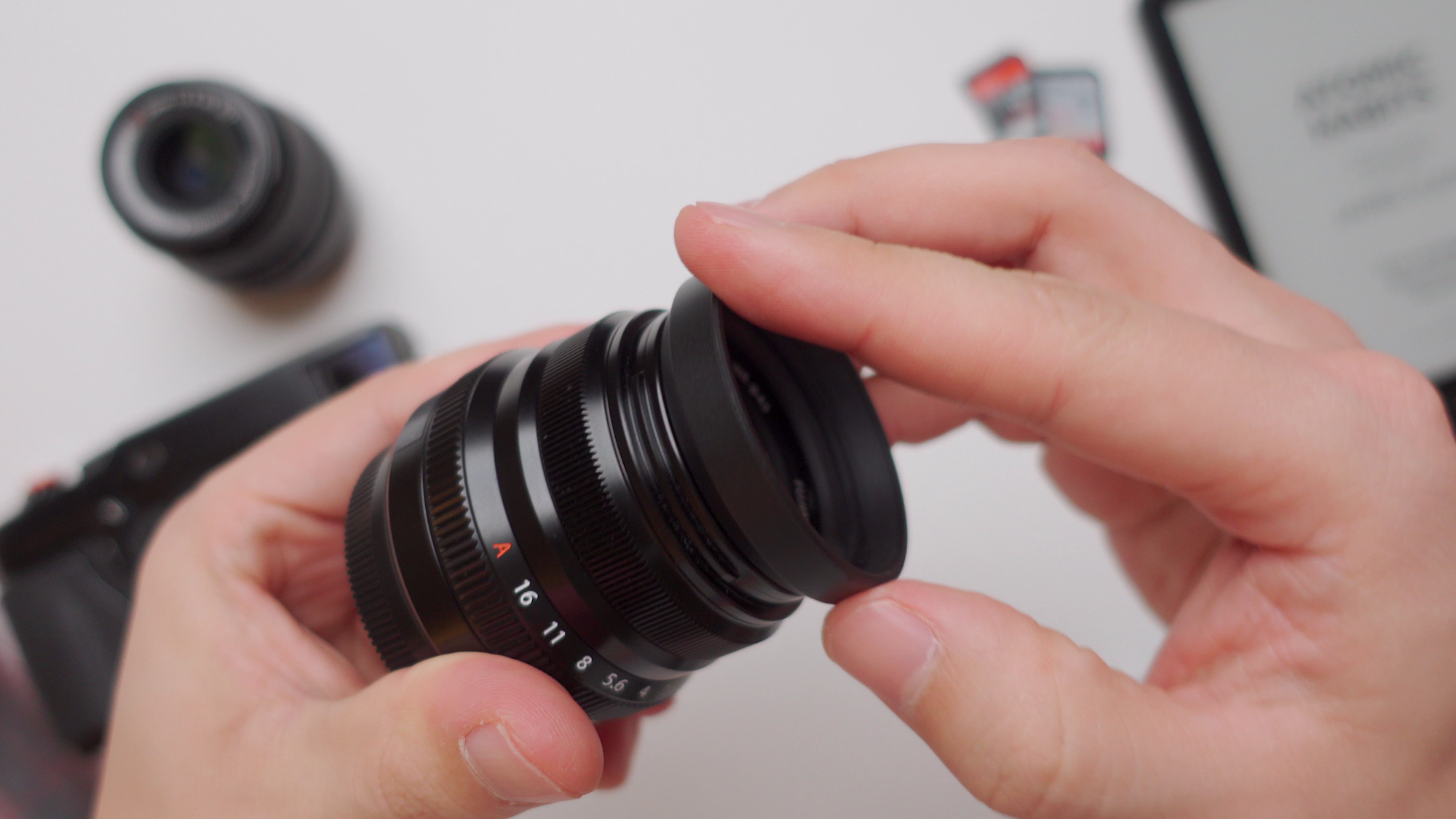
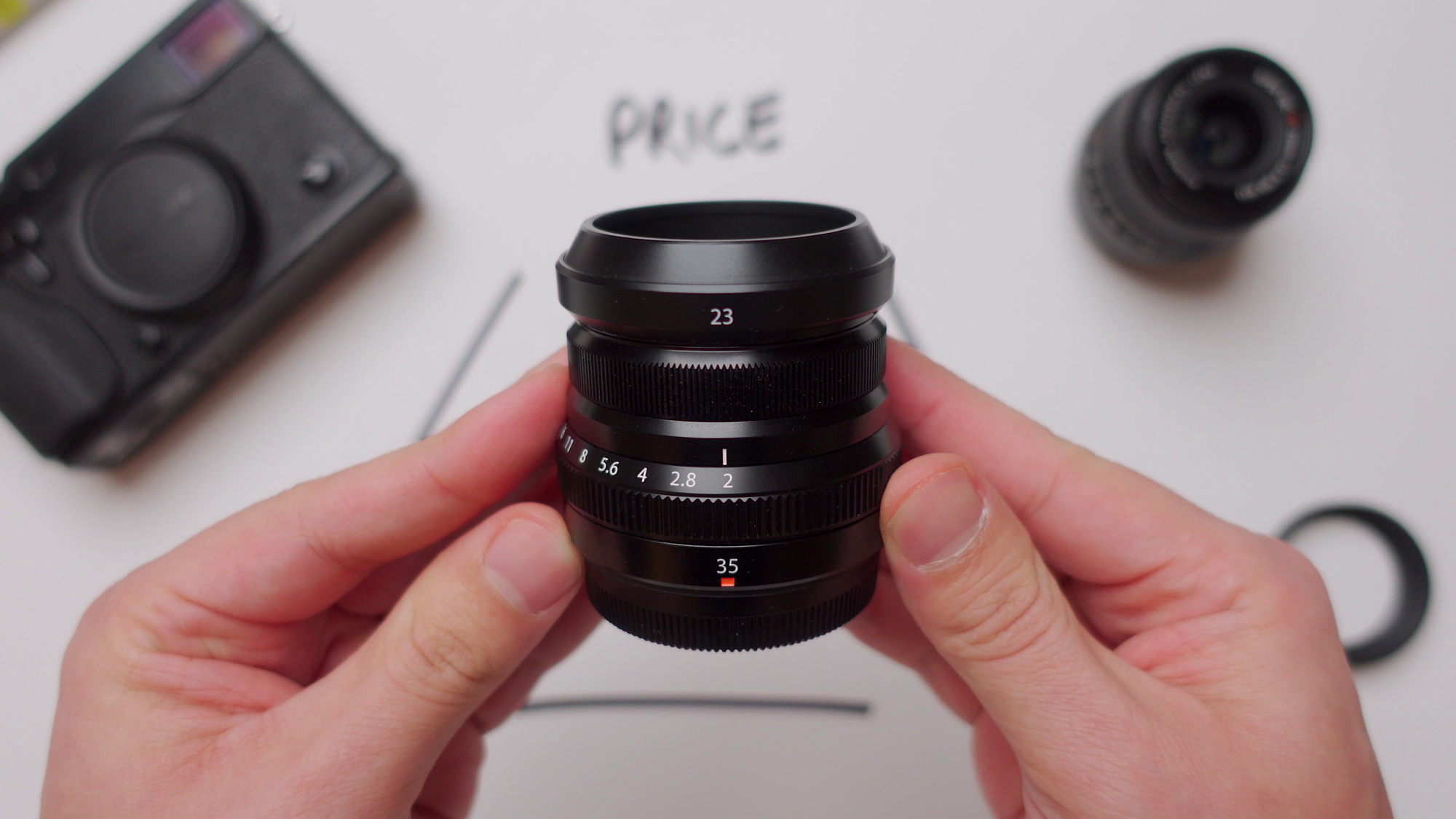
The lens comes with this plastic lens hood, which has to be screwed to the front of the lens and then you have to screw a filter the hood if you want to use filters. I don’t necessarily like it, and I would rather get a third-party lens hood, but If you do own the 23mm lens as well, then you can use that lens hood on this lens.
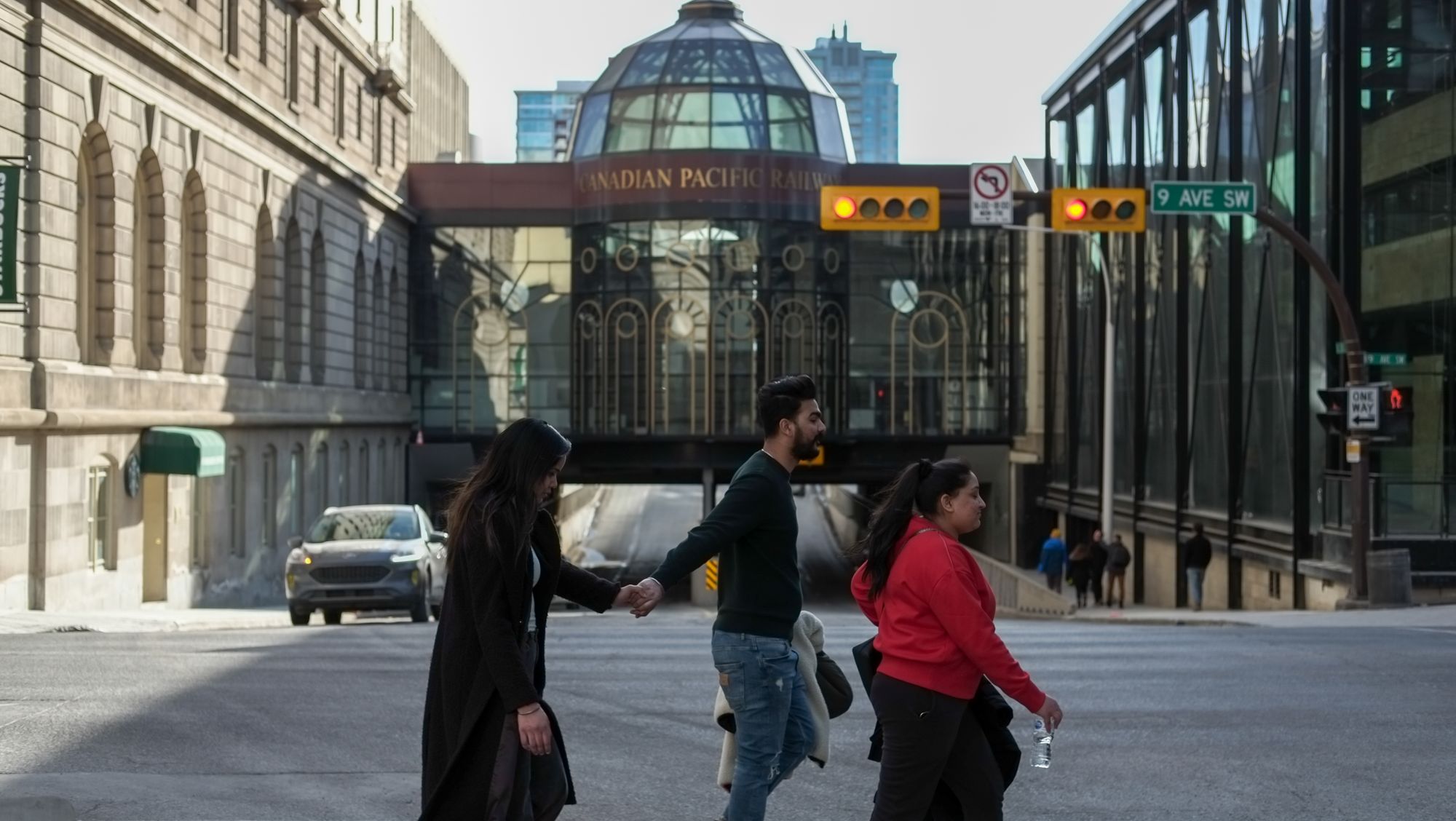
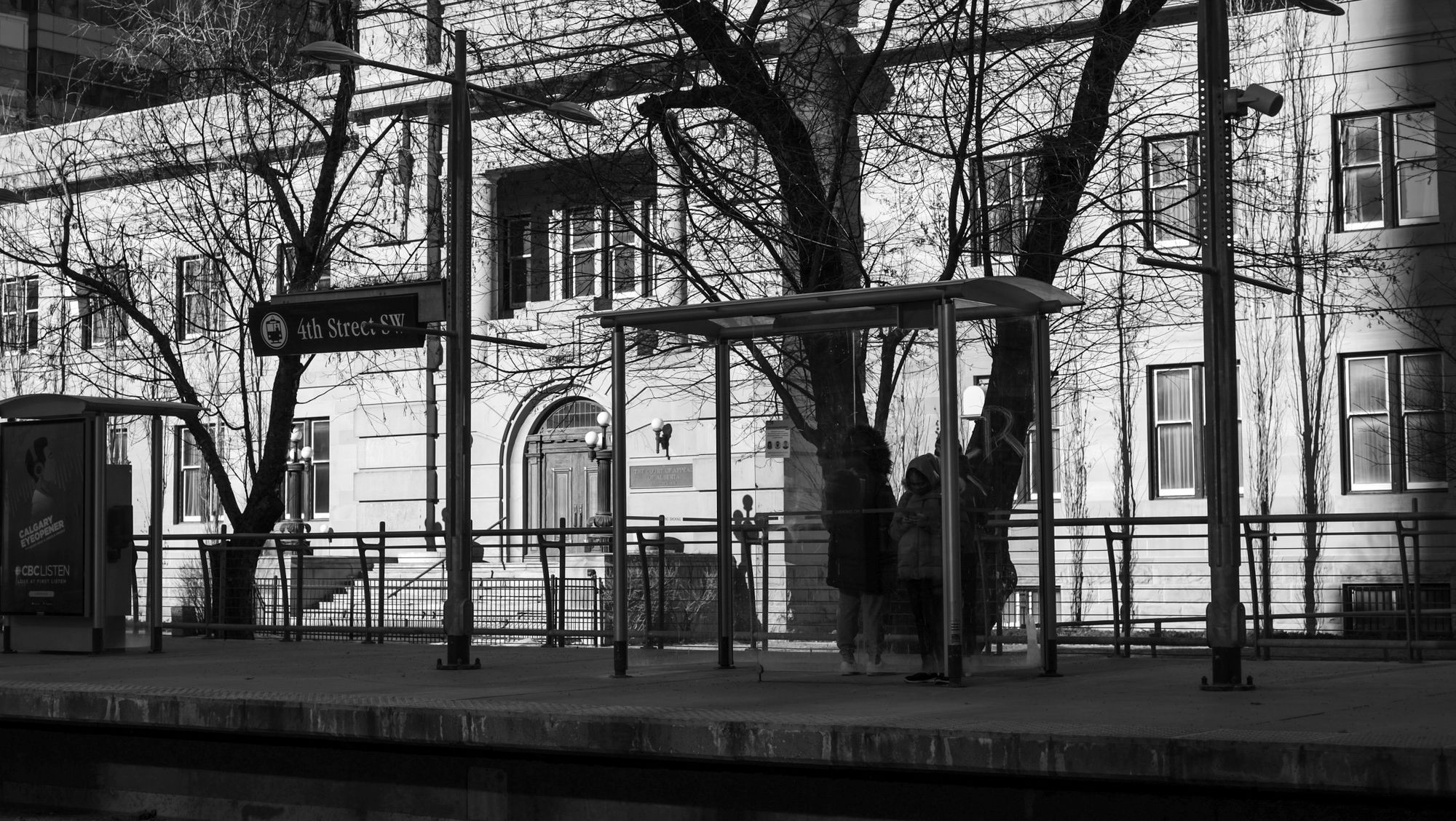
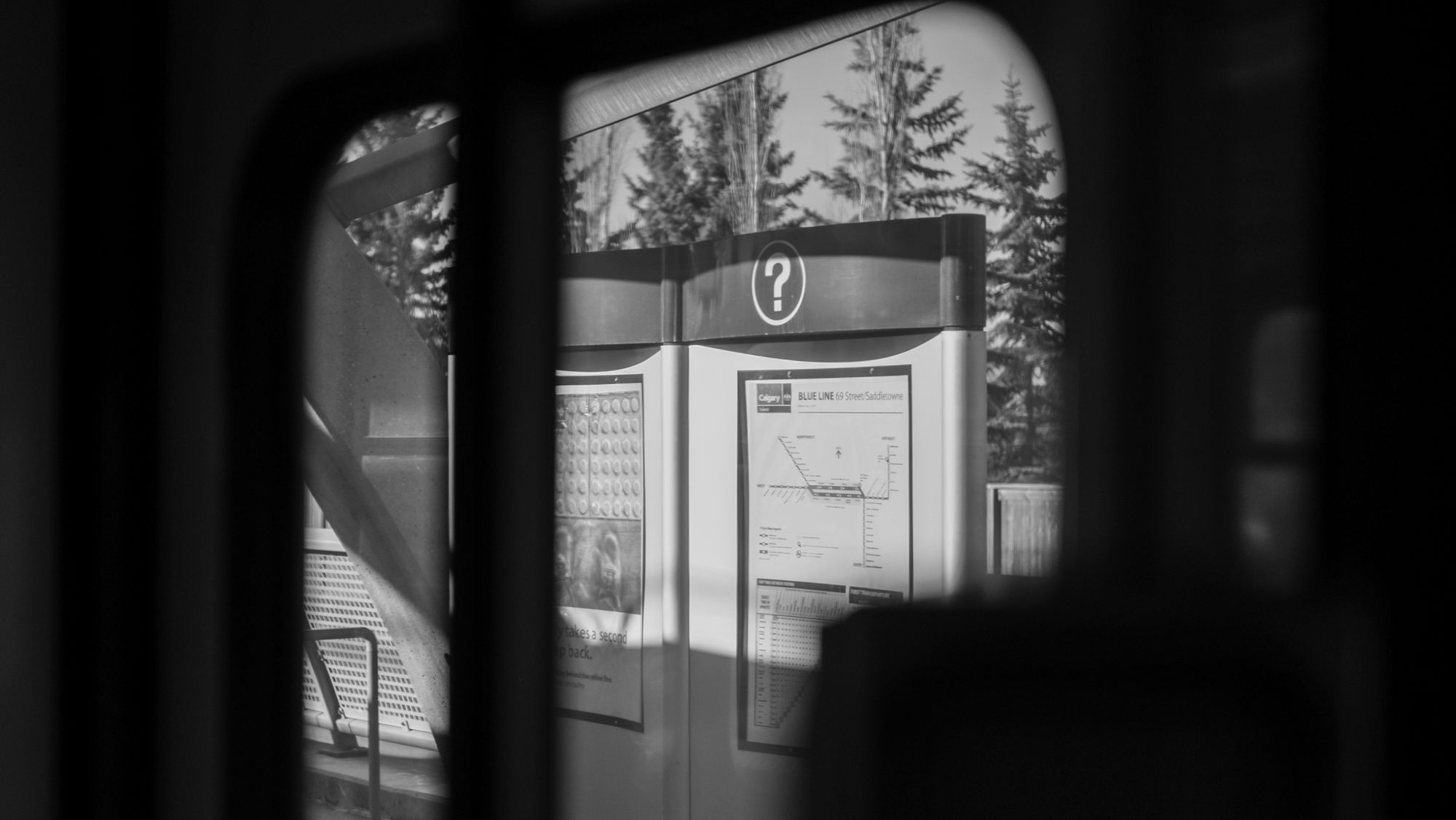
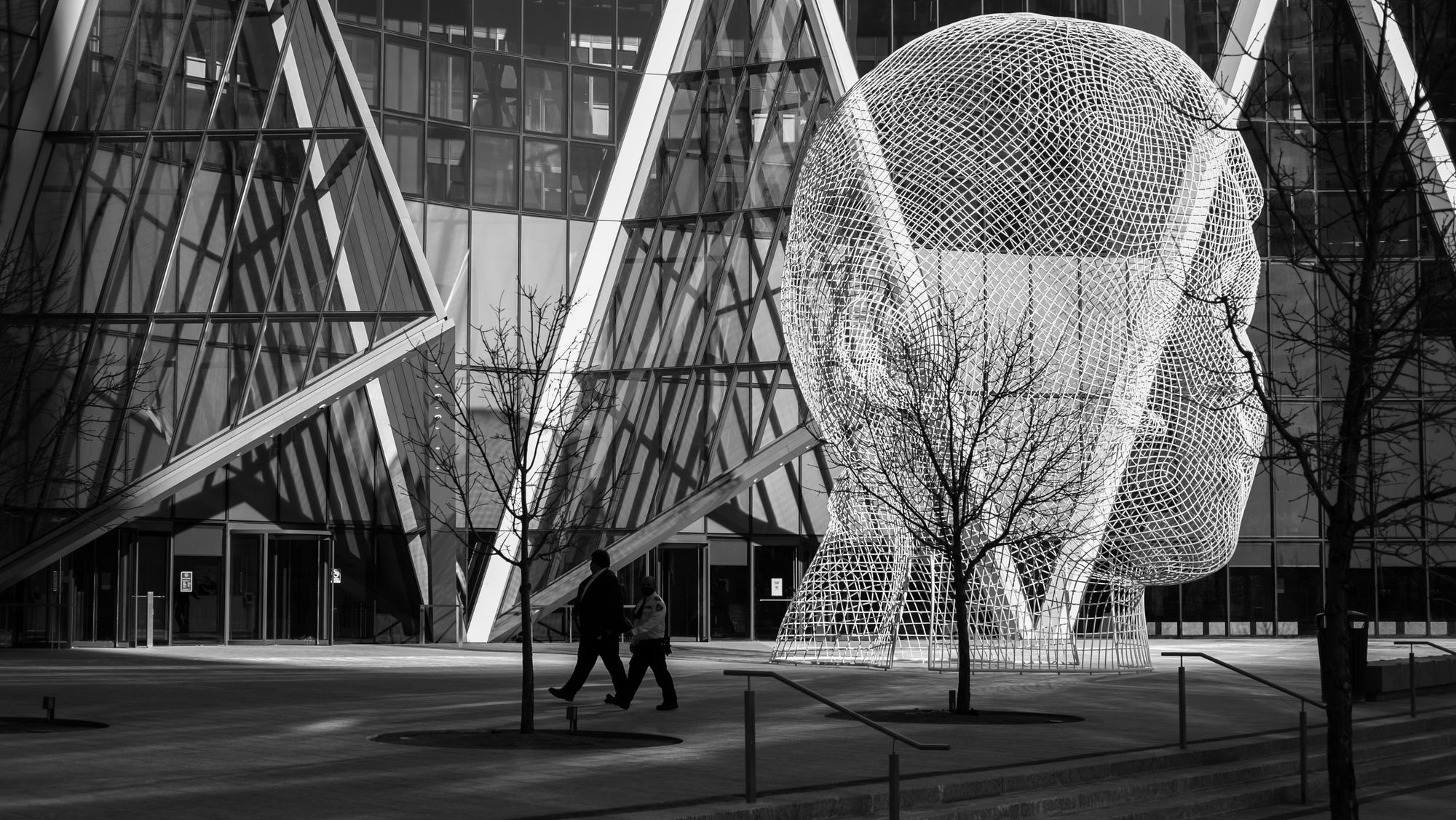
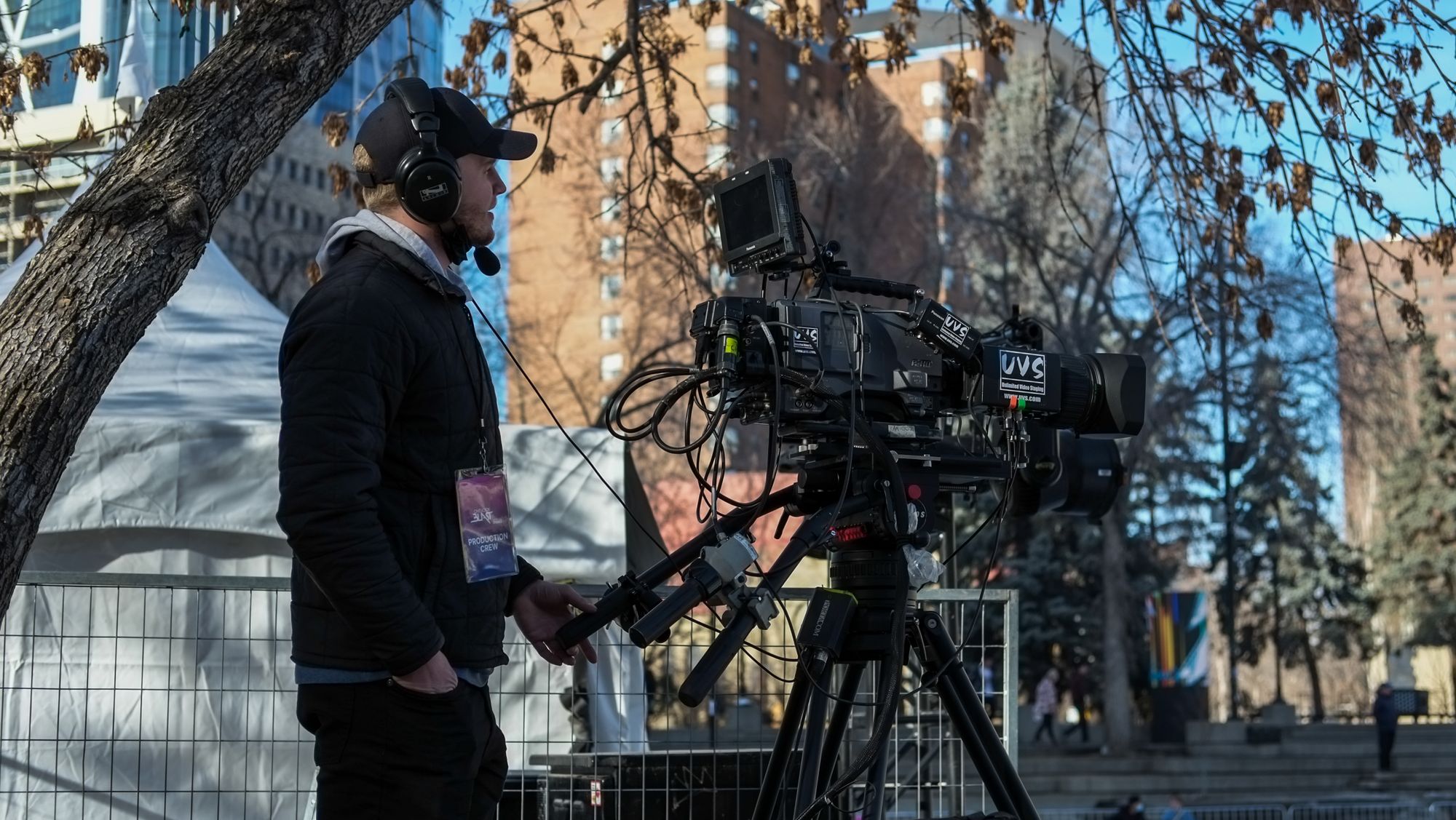
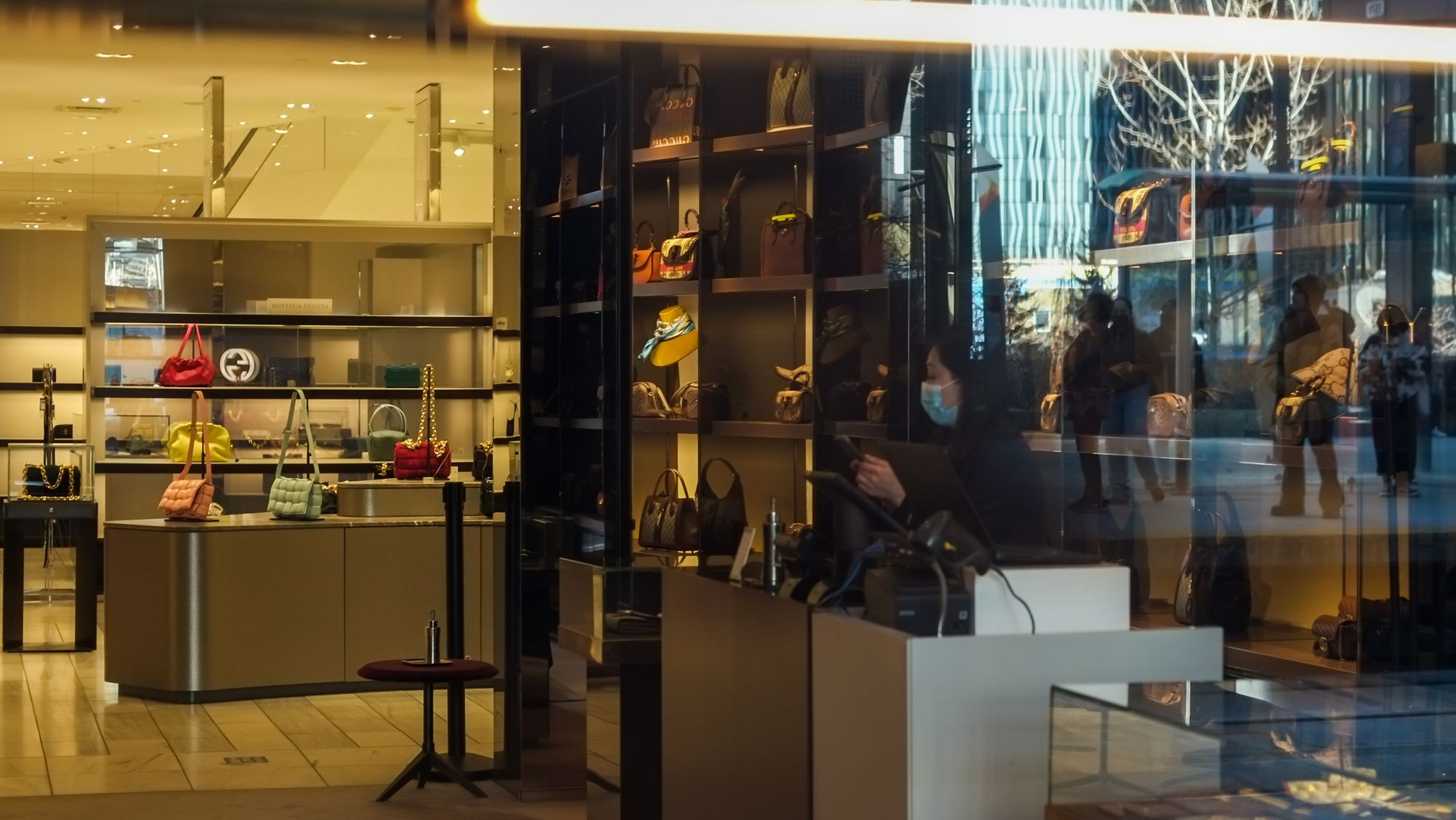
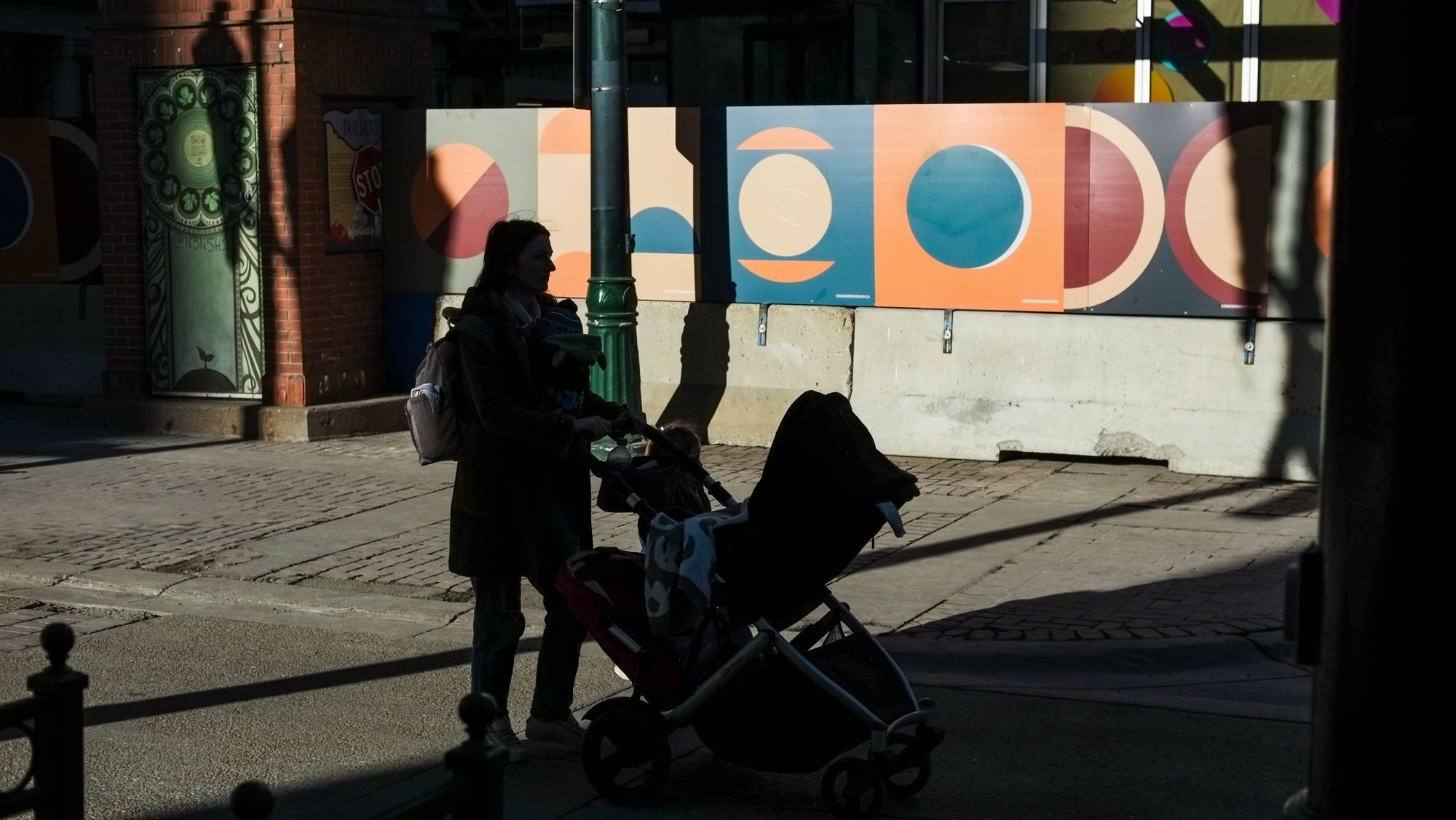
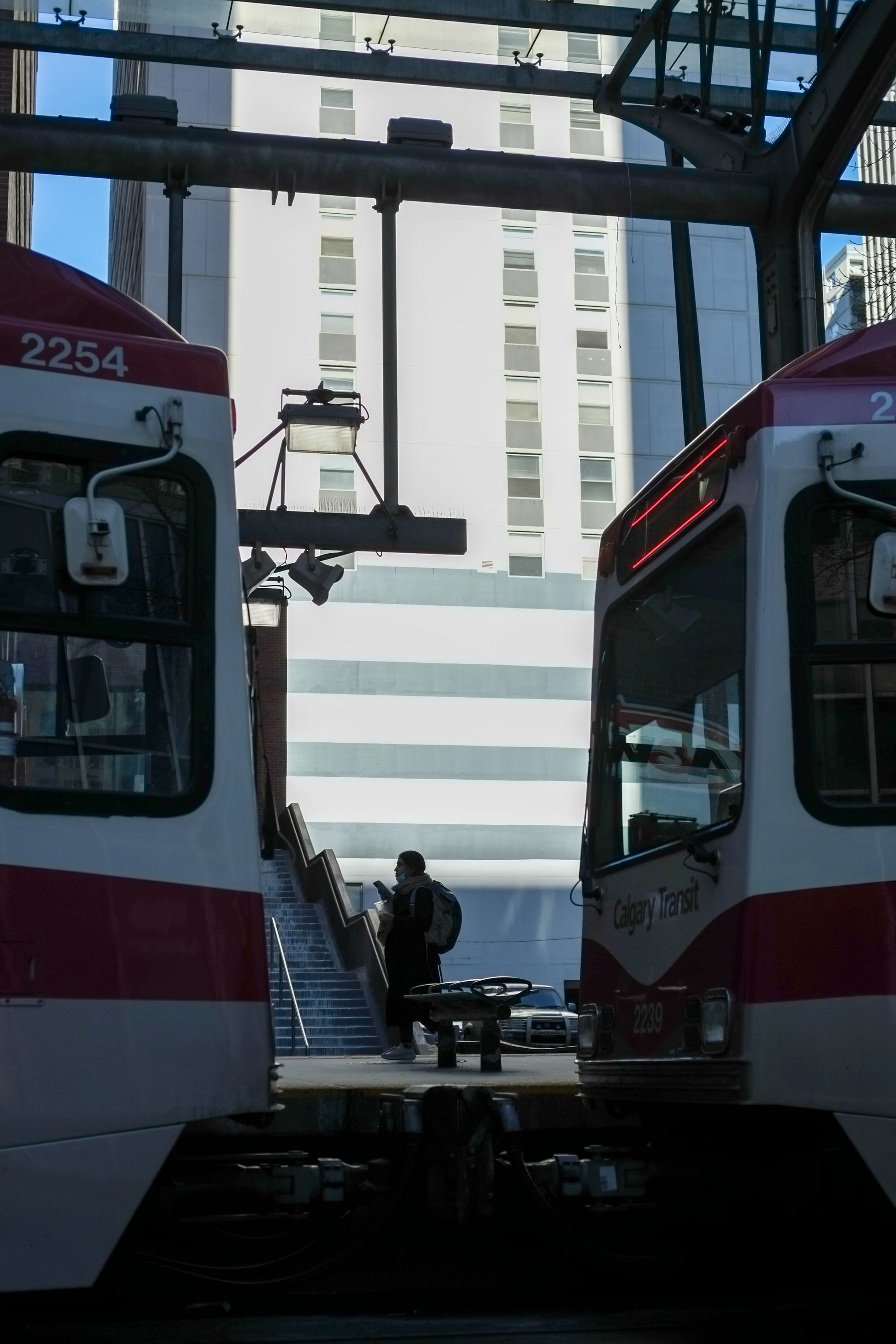
The lens is sharp, it has a great contrast ratio and the focusing speed is fairly quick, at least compared to the F1.4 version. This is especially useful when you’re using this lens with older cameras as I do, cameras like the X-Pro1, X-E1, X-T1, etc definitely benefit from the F2 lenses and their focusing speed. However, I did have some issues with focusing on very specific situations, more on that later.
Weather resistance is a big deal, that extra peace of mind and protection against the elements really matters. I mentioned this in my X100V review, but not being able to capture the moment that you wanted due to the lack of weather resistance, and having to return to that spot later is not ideal. It detracts from my overall experience as a photographer. That being said, the weather resistance on this lens is not perfect, more on that later.
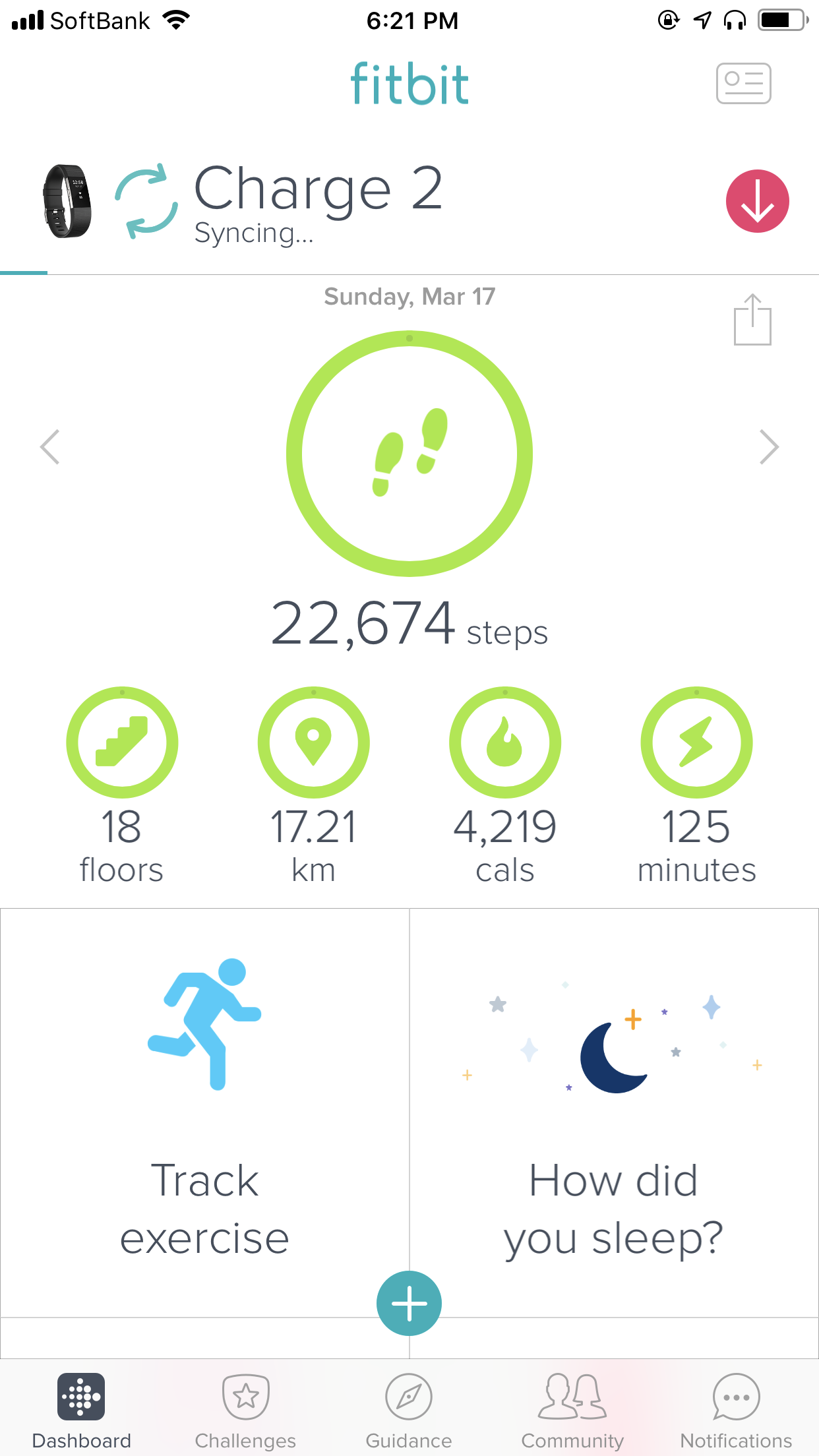
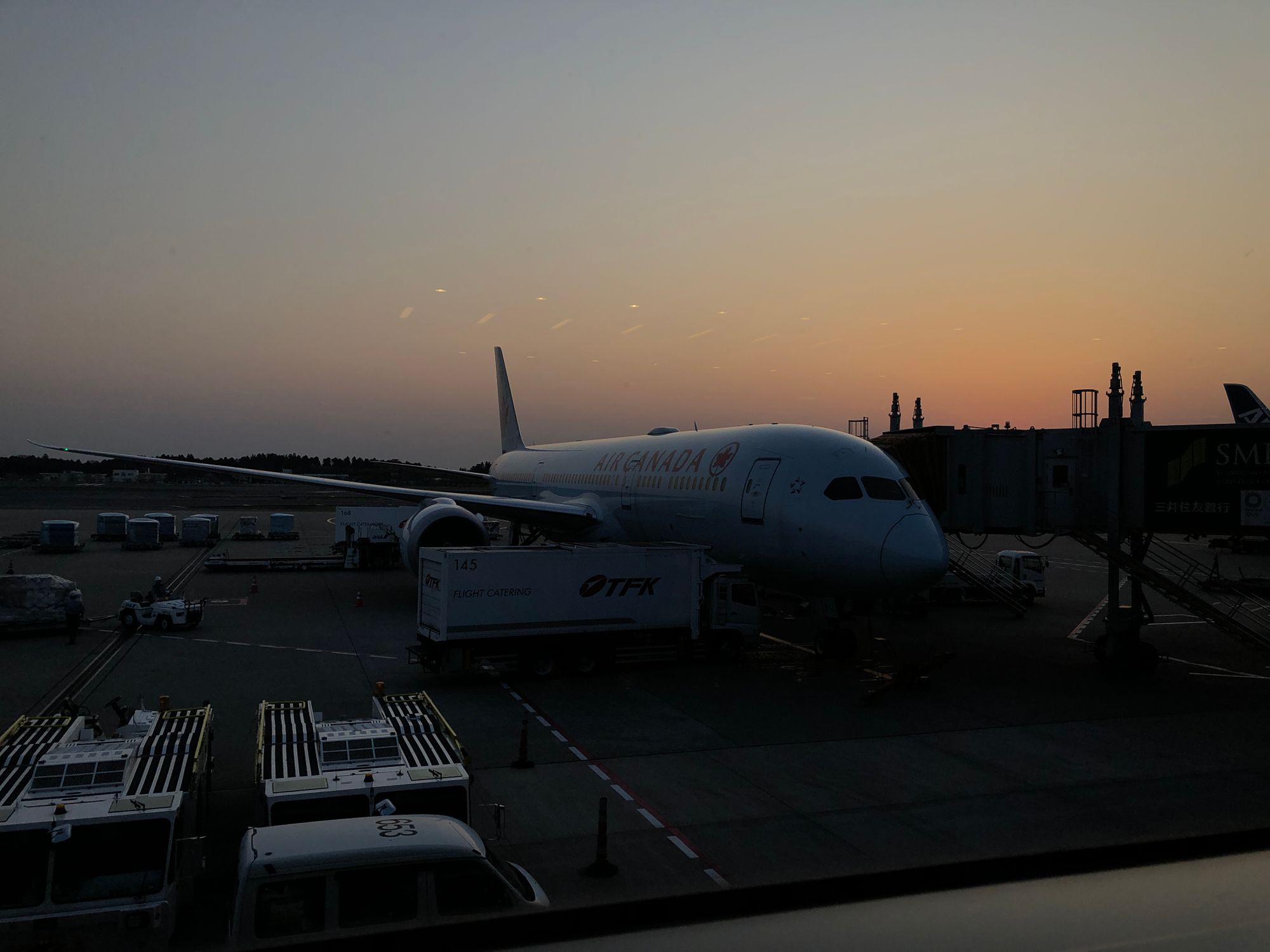

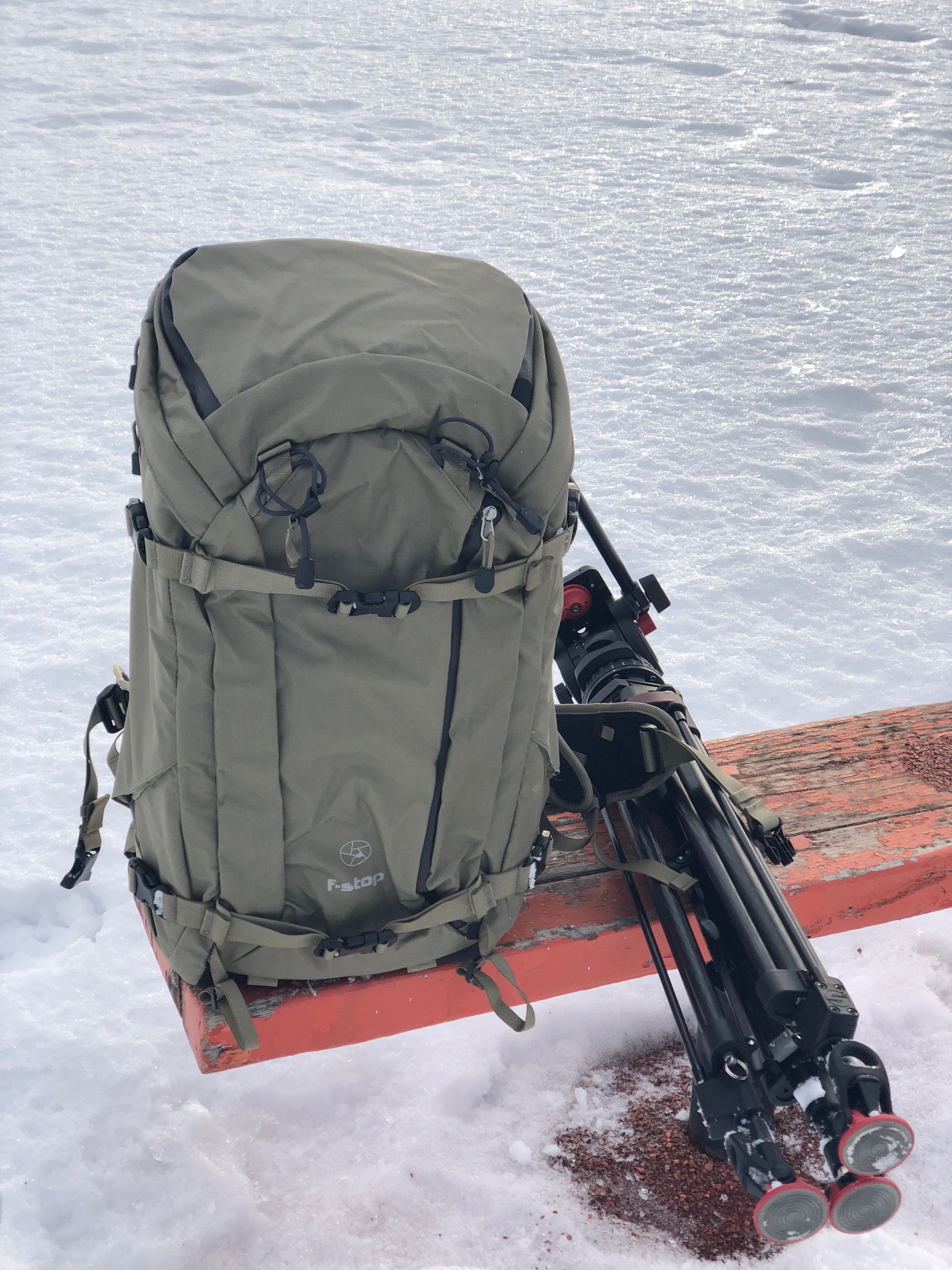
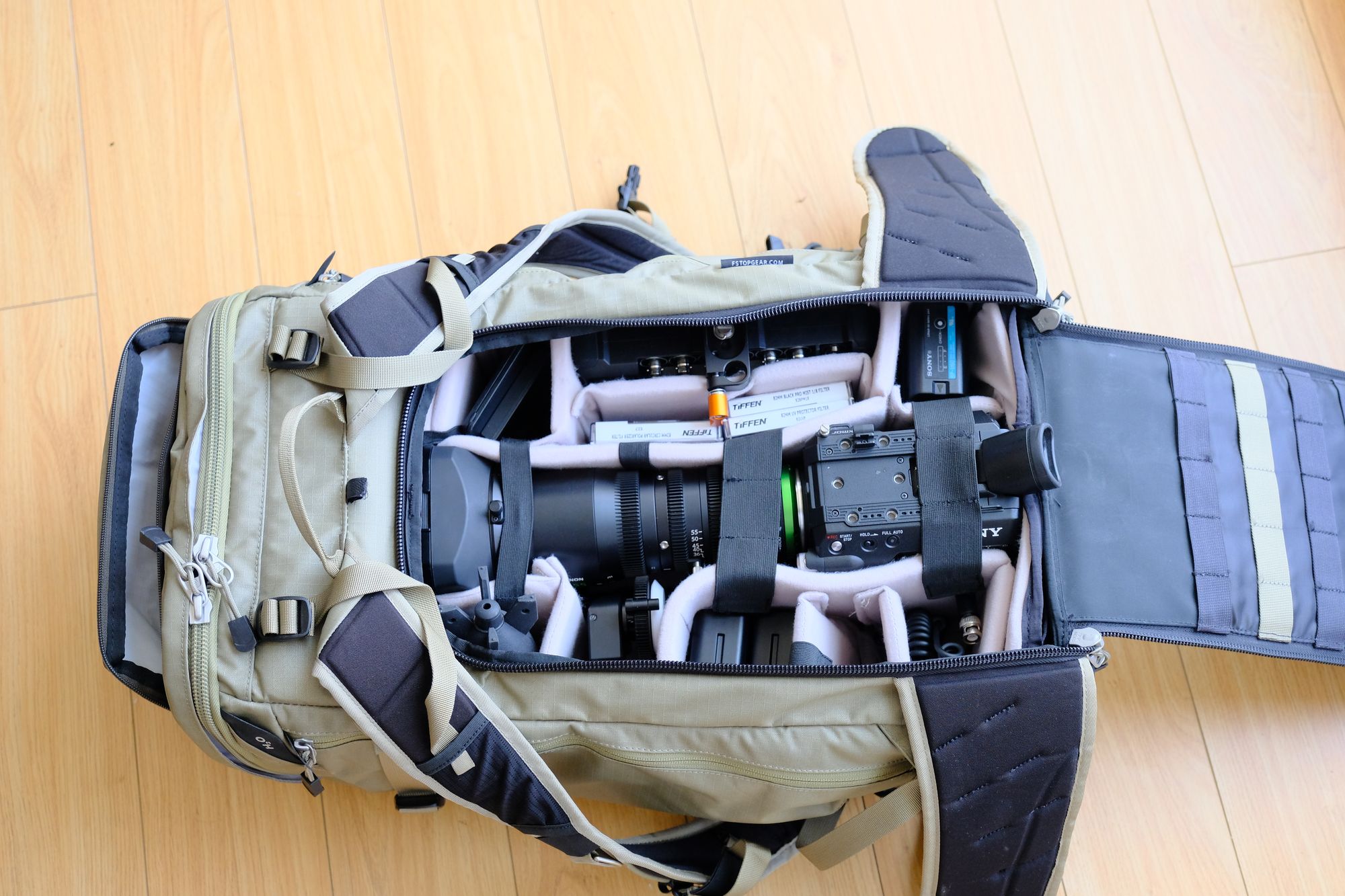
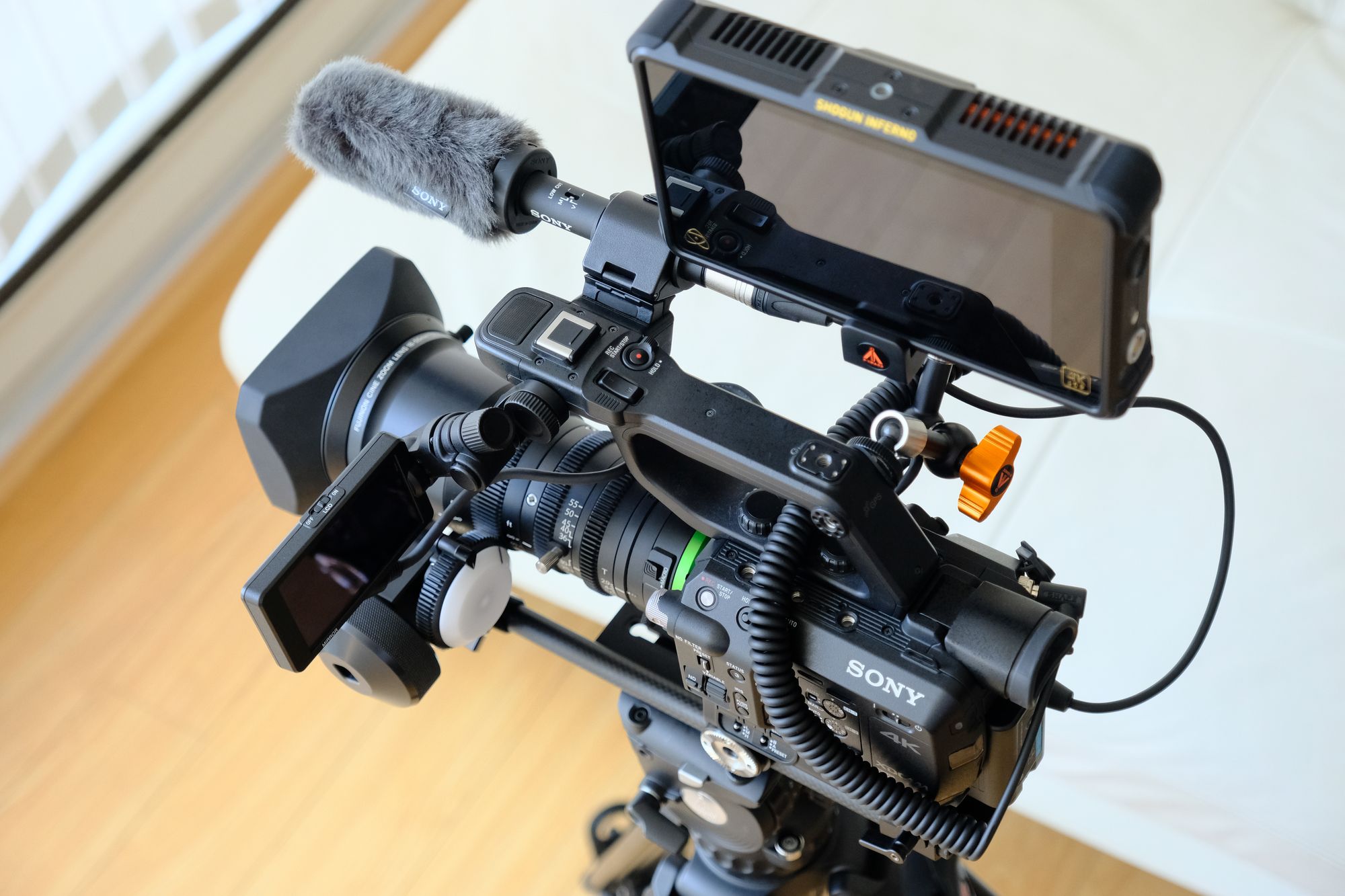
You’ll hear everyone say how small and lightweight it is, and that matters, when you’re walking this much every day, exploring a new city or country, you don’t want heavy bulky equipment, you don’t want a camera bag full of lenses. You want a kit that feels like an extension of yourself, and this lens succeeds at that.
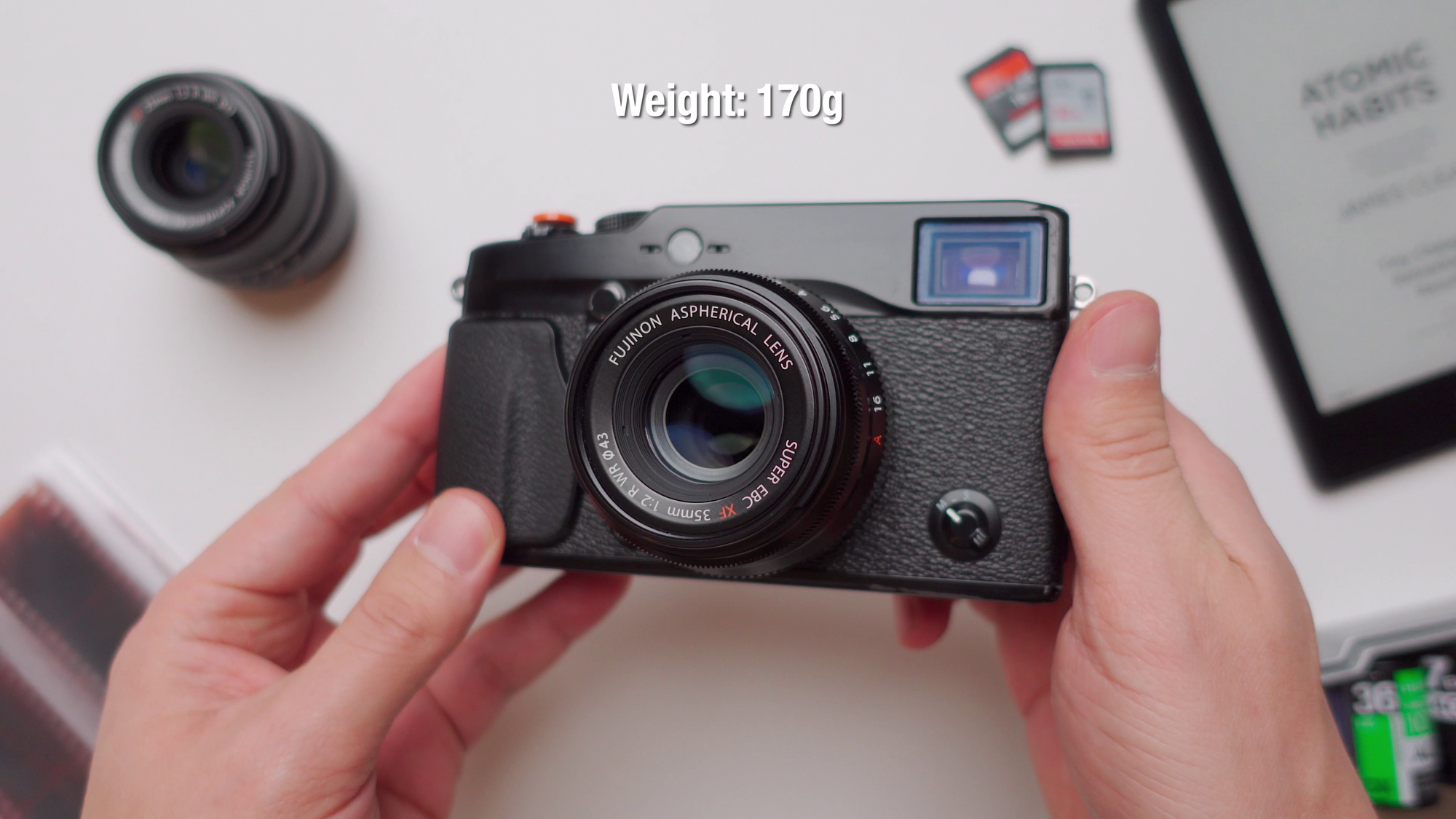
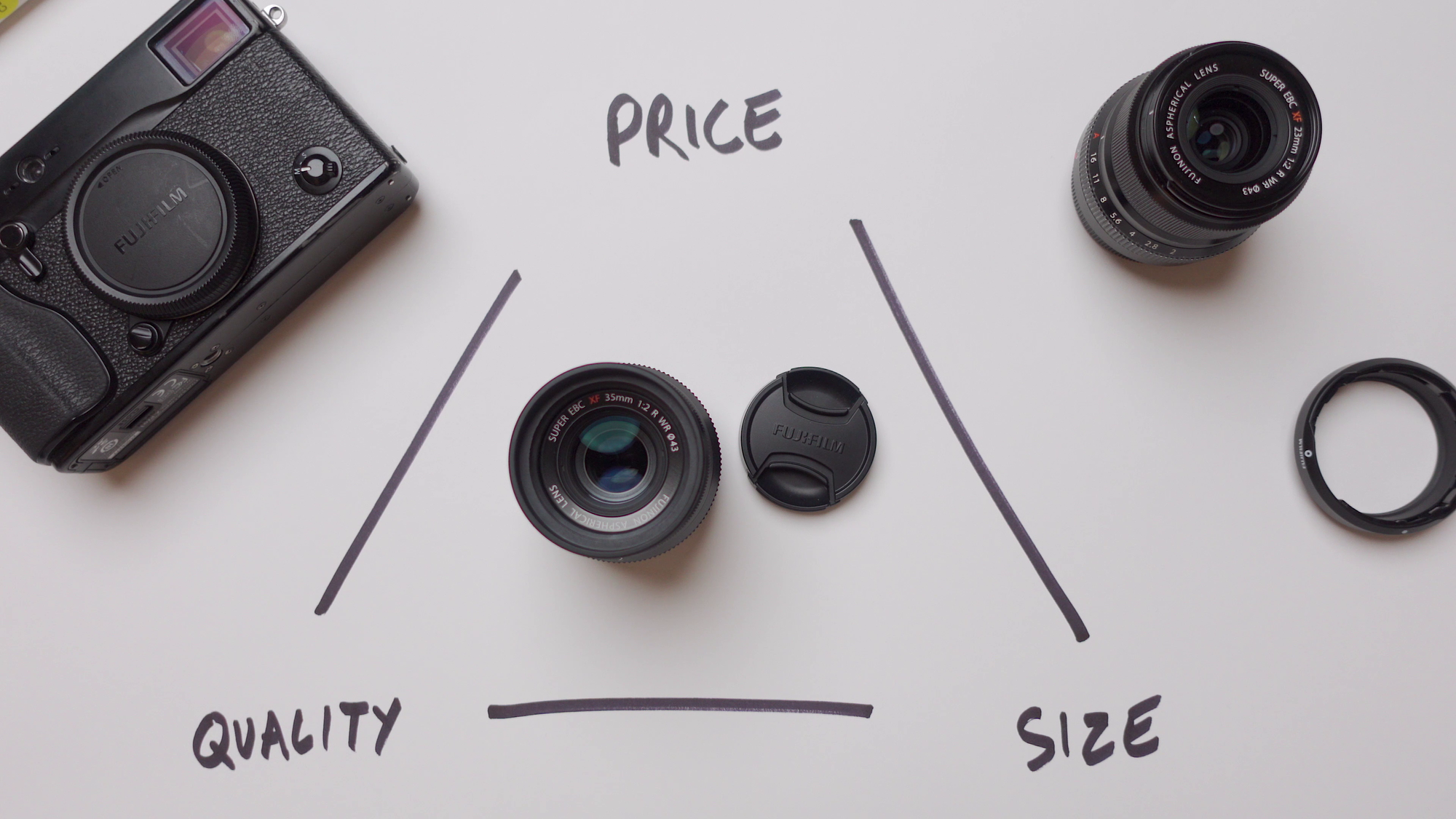
Overall it’s fairly small and light, and I think that’s the main reason why the Fujinon or Fujicron lenses are so popular, a reasonable balance between quality, portability and price. And I highly recommend it.
Adjusting Yourself To A New Focal Length
Before I start talking about my experiences, I think it’s important to make the distinction between a lens and its focal length.
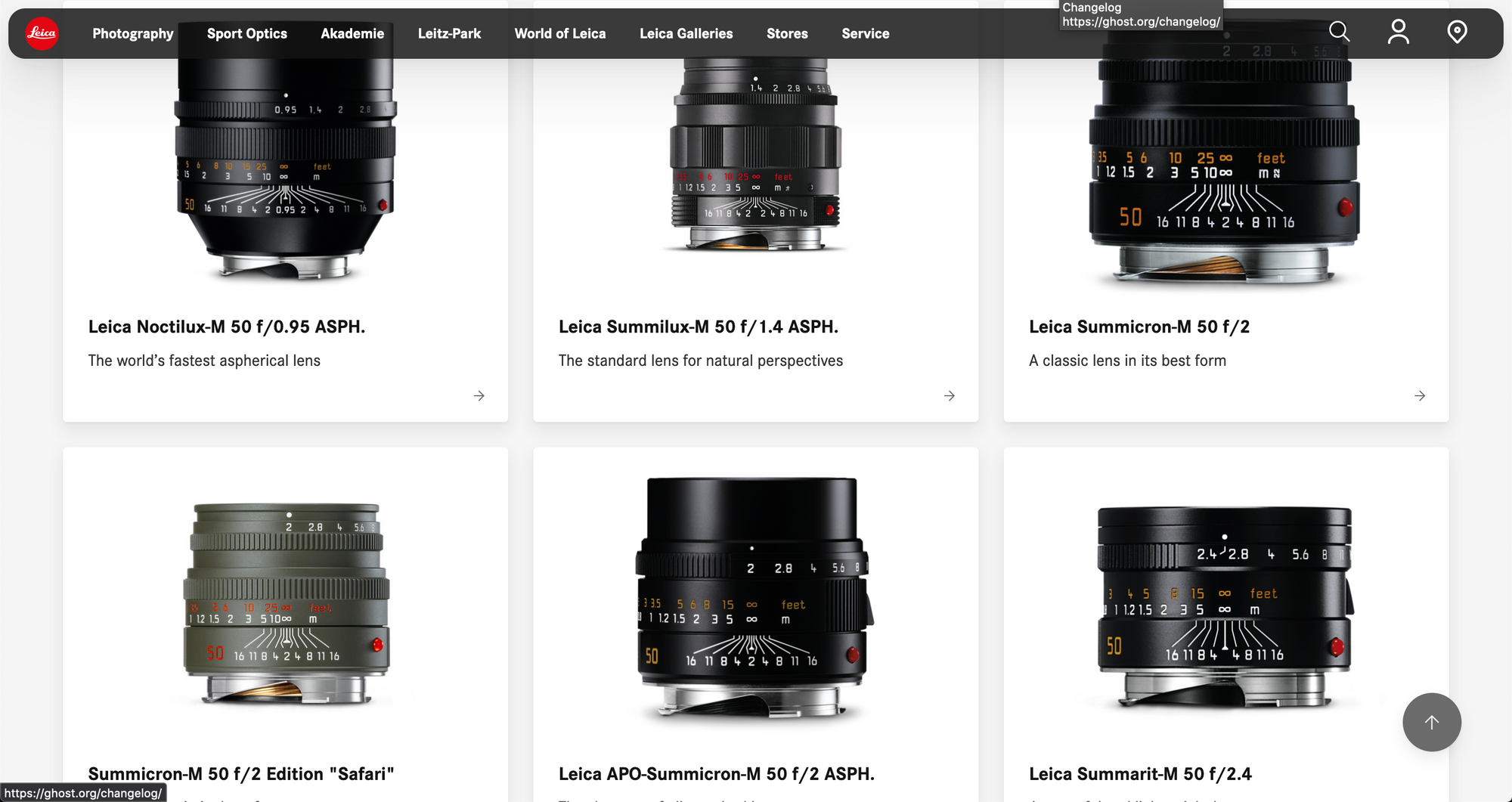
A lens might be optically and mechanically perfect, the absolute pinnacle of engineering, that does not mean that you are compatible with the actual focal length. Keep that in mind.
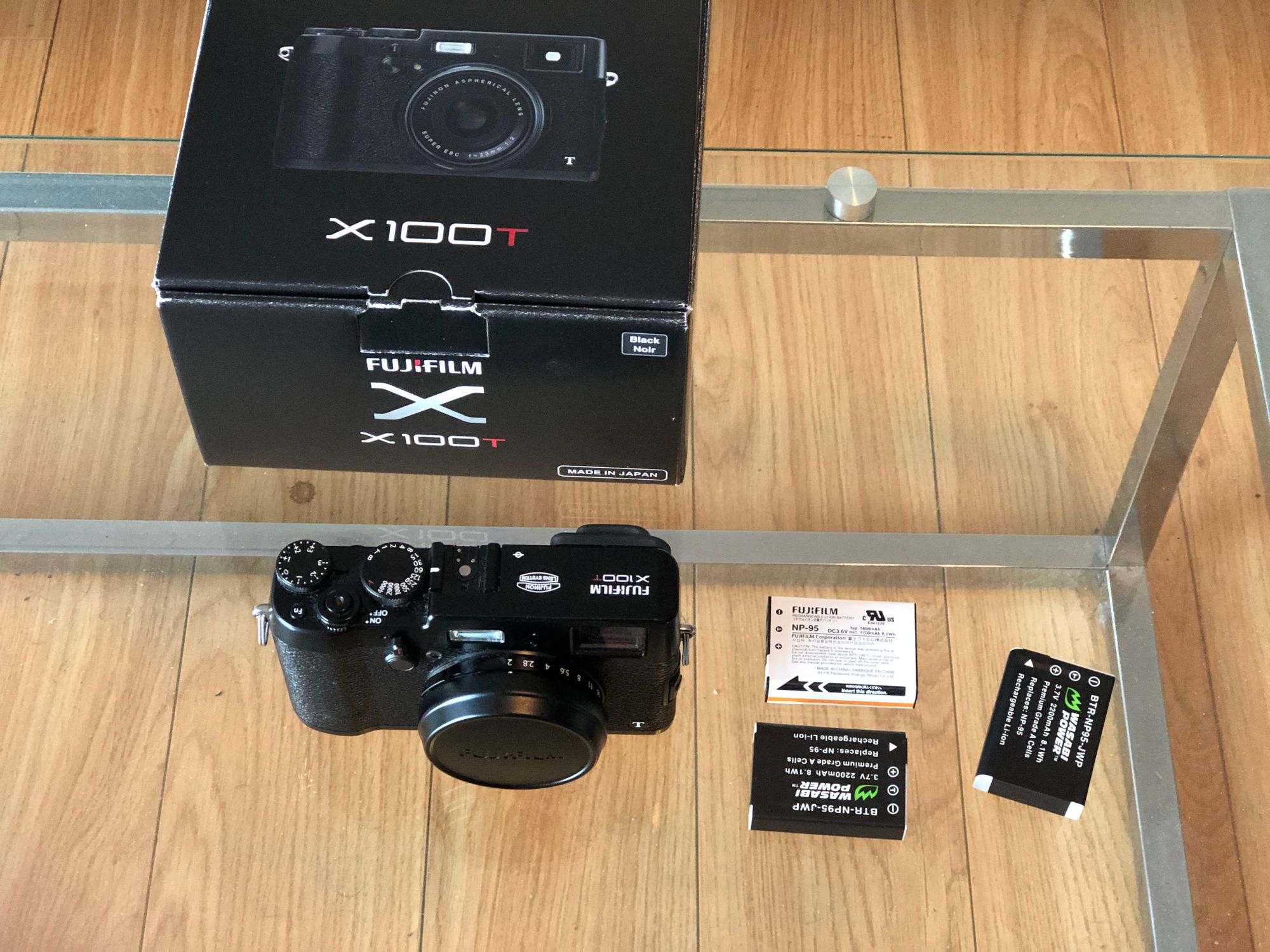
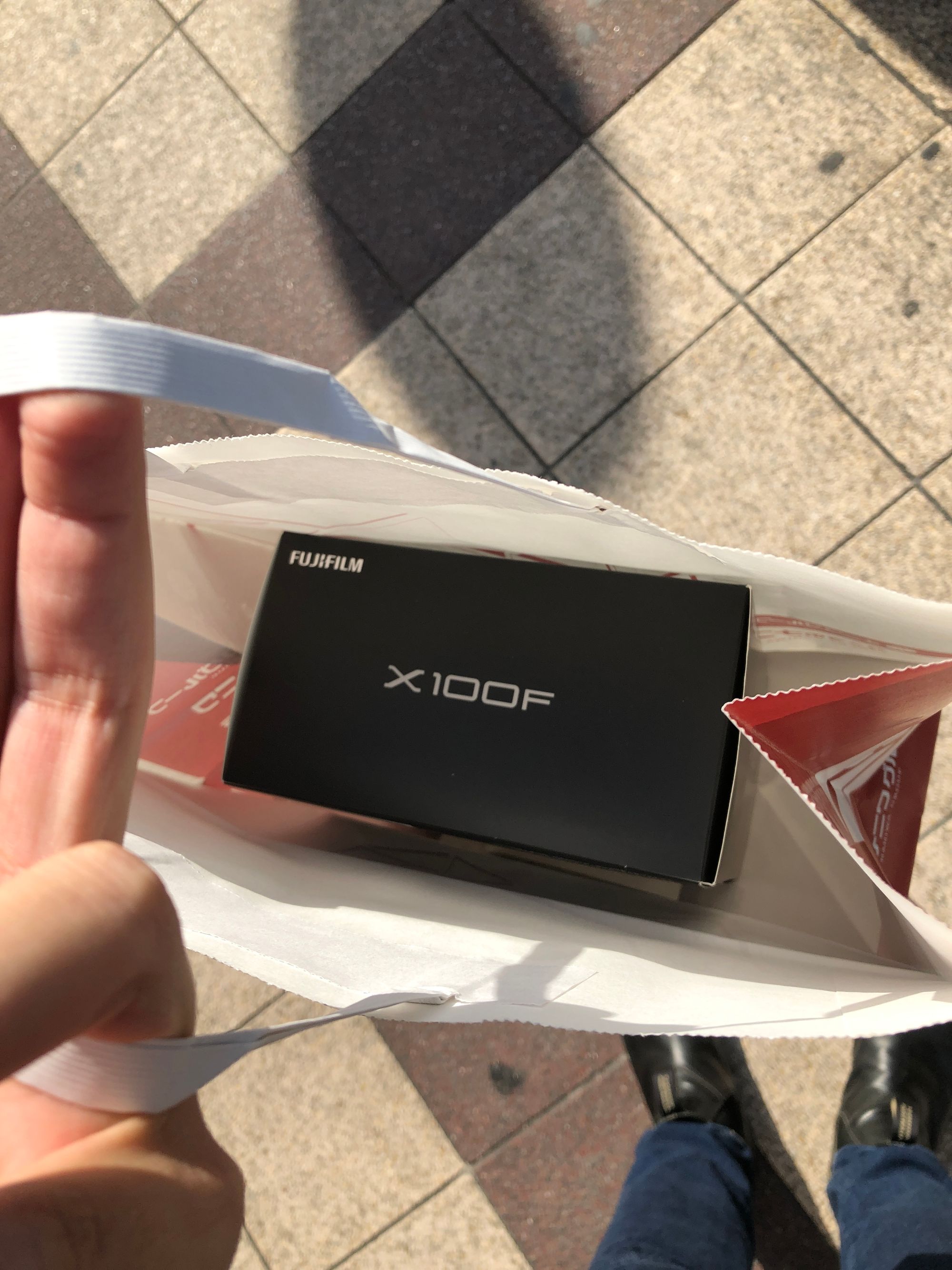
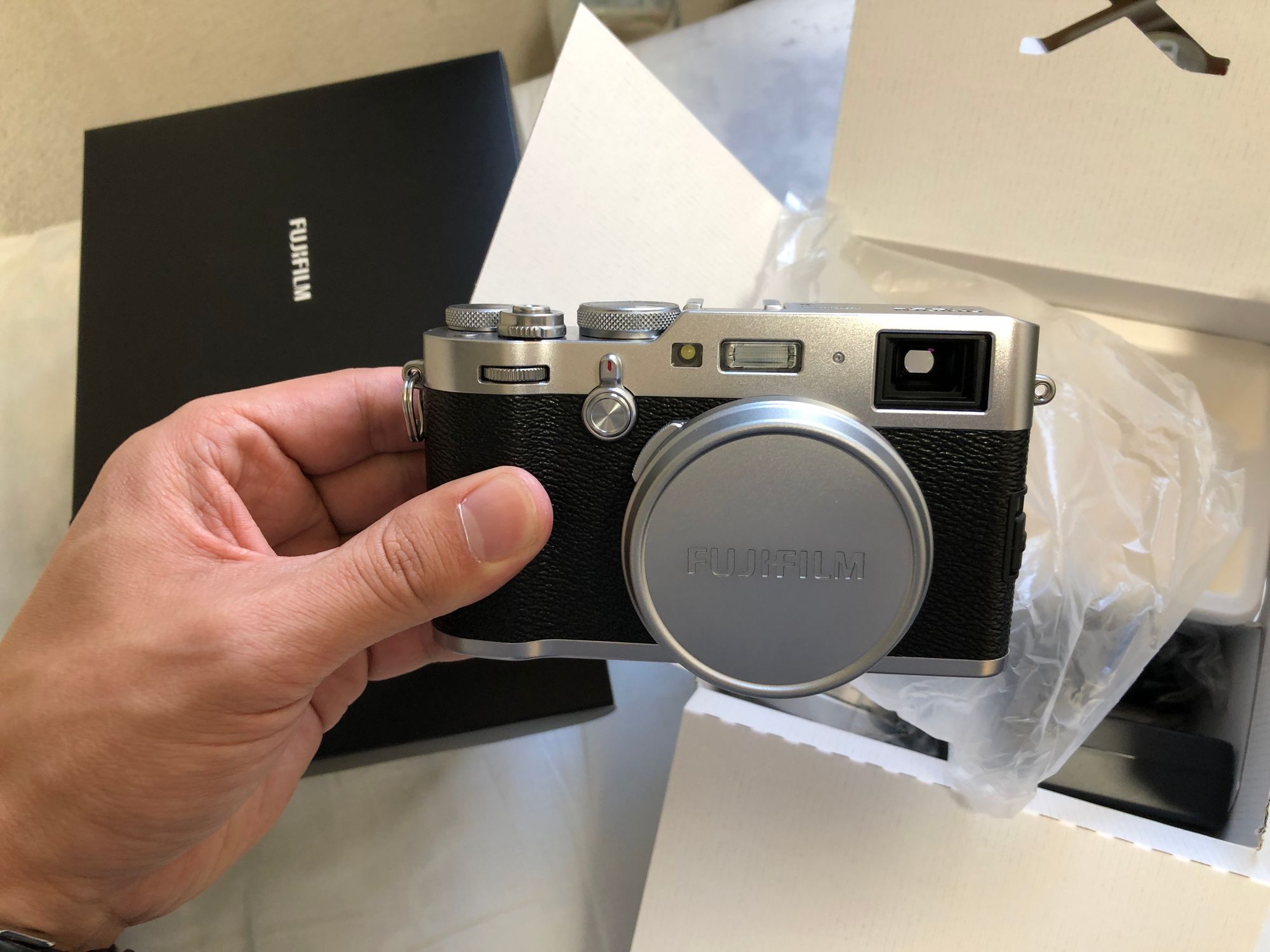
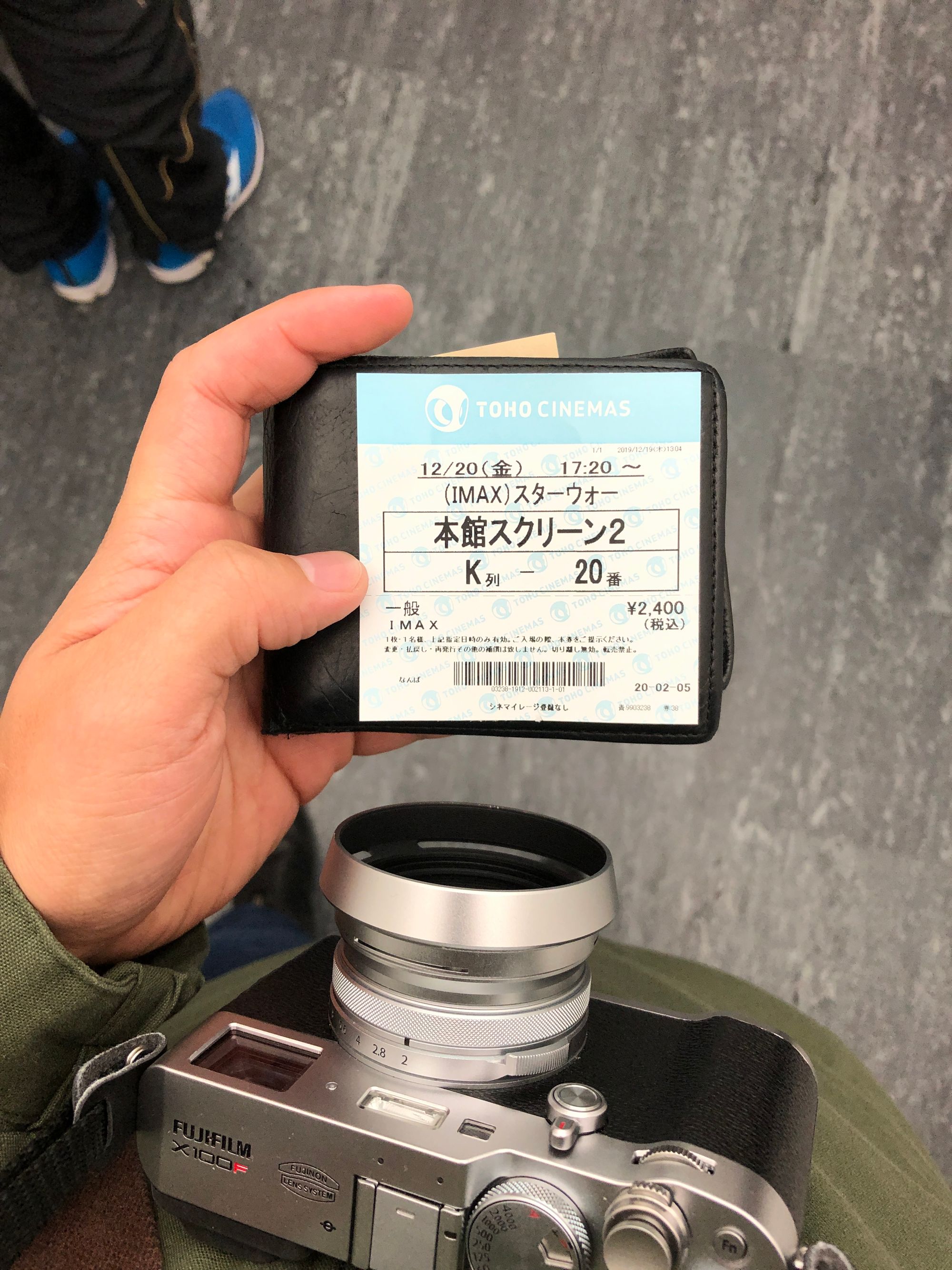
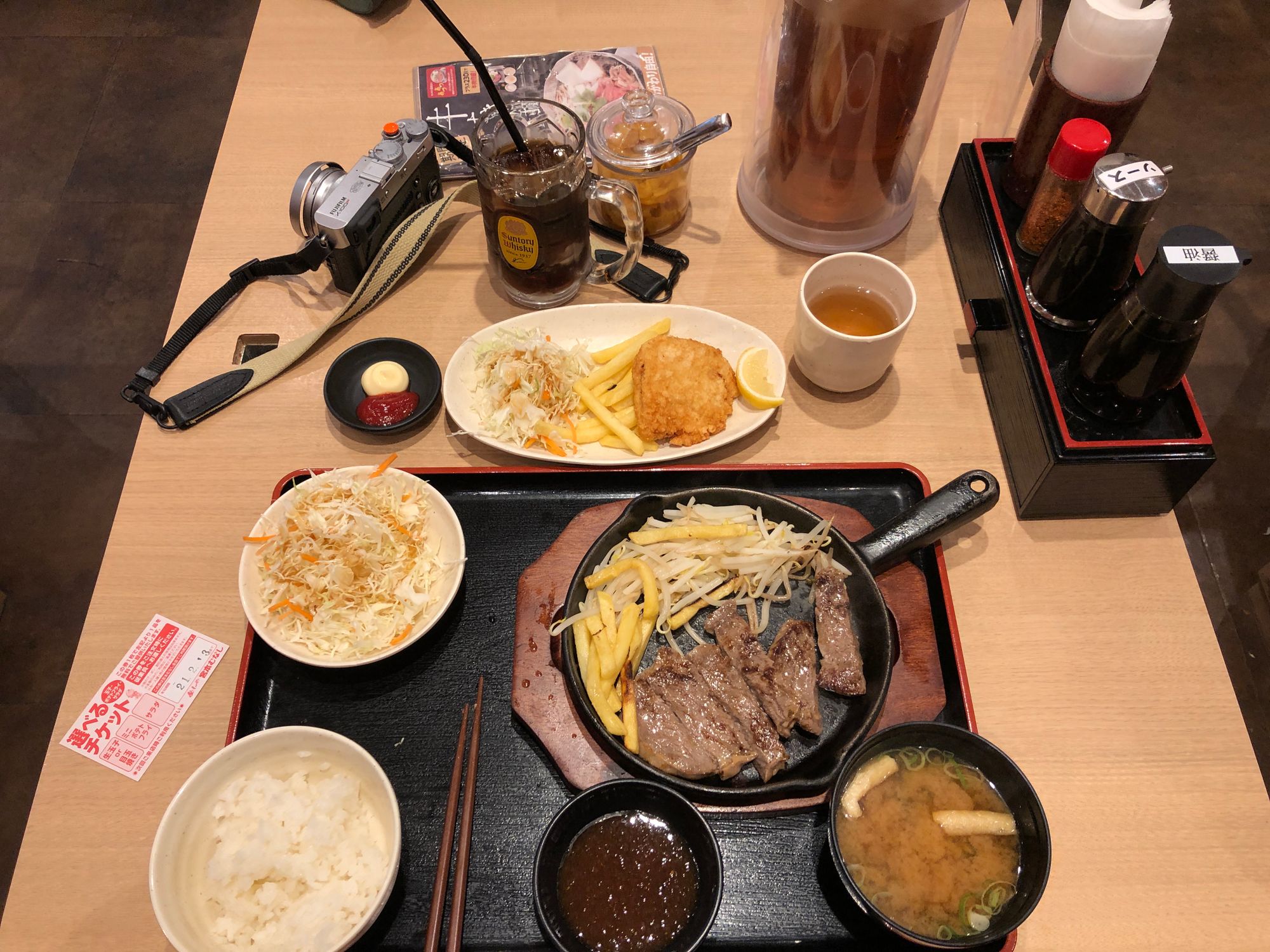
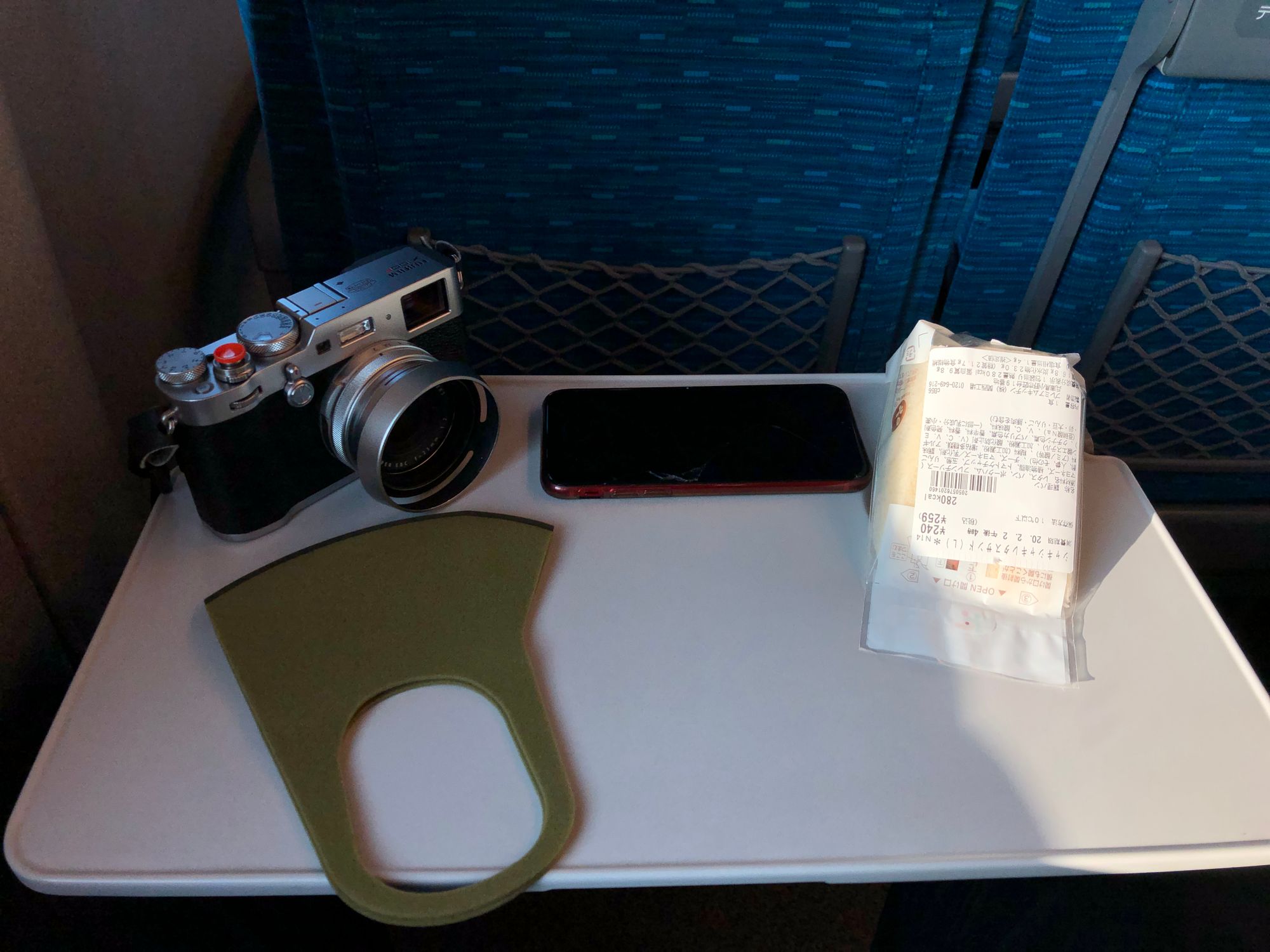
In my case, I’ve been using the X100 series for years, then bought the xpro1 and review it with the same 23mm lens. So 23mm lens (35mm equivalent in full-frame) is second nature to me.
All I’m trying to say is that it took a while to get used to it, it’s not something you can use for a day or two and you magically understand what the focal length is capable of. Or more specifically, how can you see the world differently with this lens.
I highly recommend you watch my street photography philosophy video, which explains my approach to gear, lenses, learning and trying new things.
My Experiences With This Lens
Okay now we can get to the good part, At first, the ride was very bumpy, but towards the end, it was rewarding, this lens is a joy to use, but I think more important than the lens, is the change in focal length.
However, first, Most of my first couple images are all out of focus, and second, the composition is terrible, it’s all over the place.
The weather resistance is great for light rain or dust, but not so great with extremely cold temperatures. I mentioned earlier that I had issues with focusing and the weather resistance, let’s talk about it.
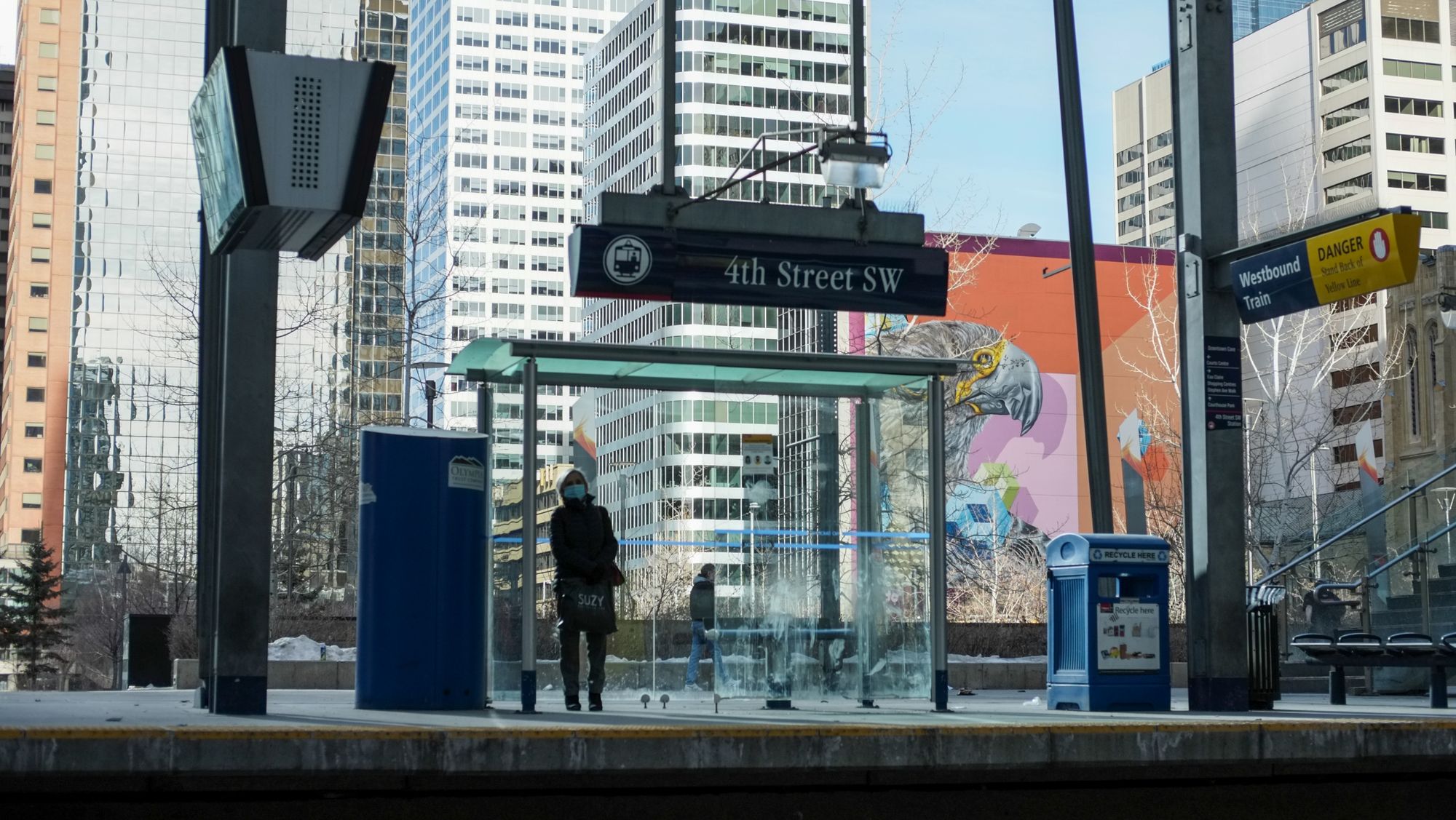
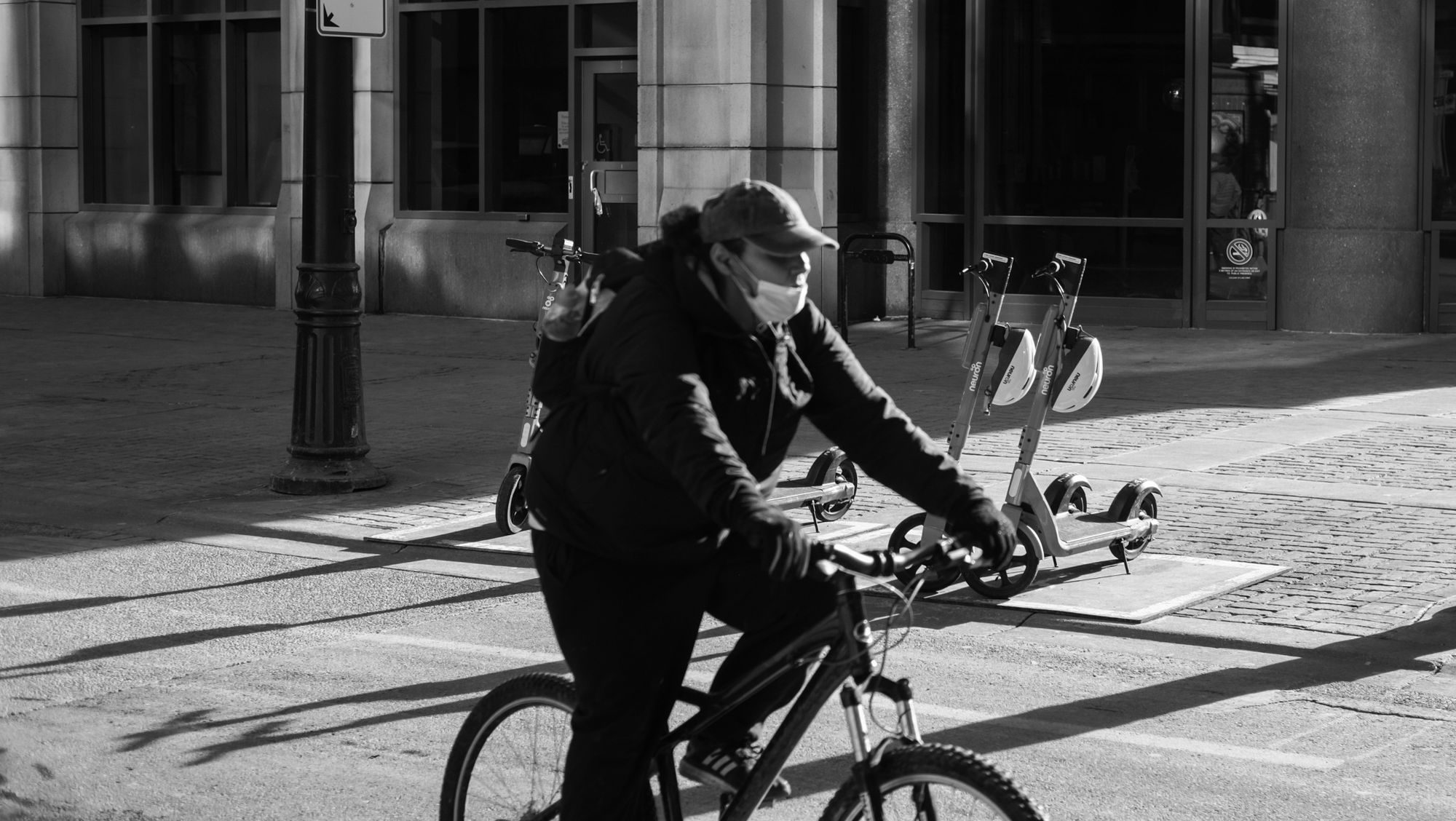
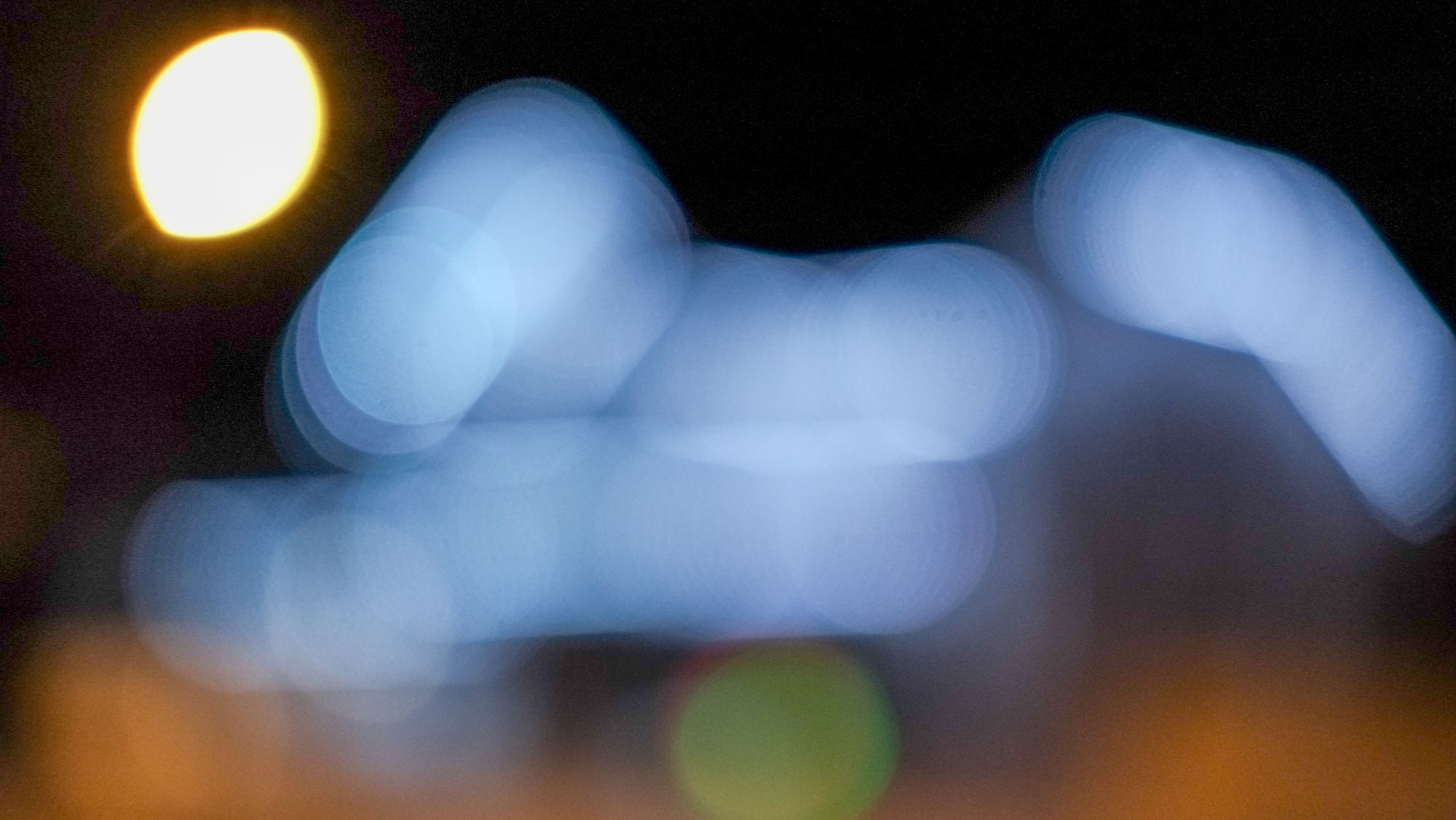

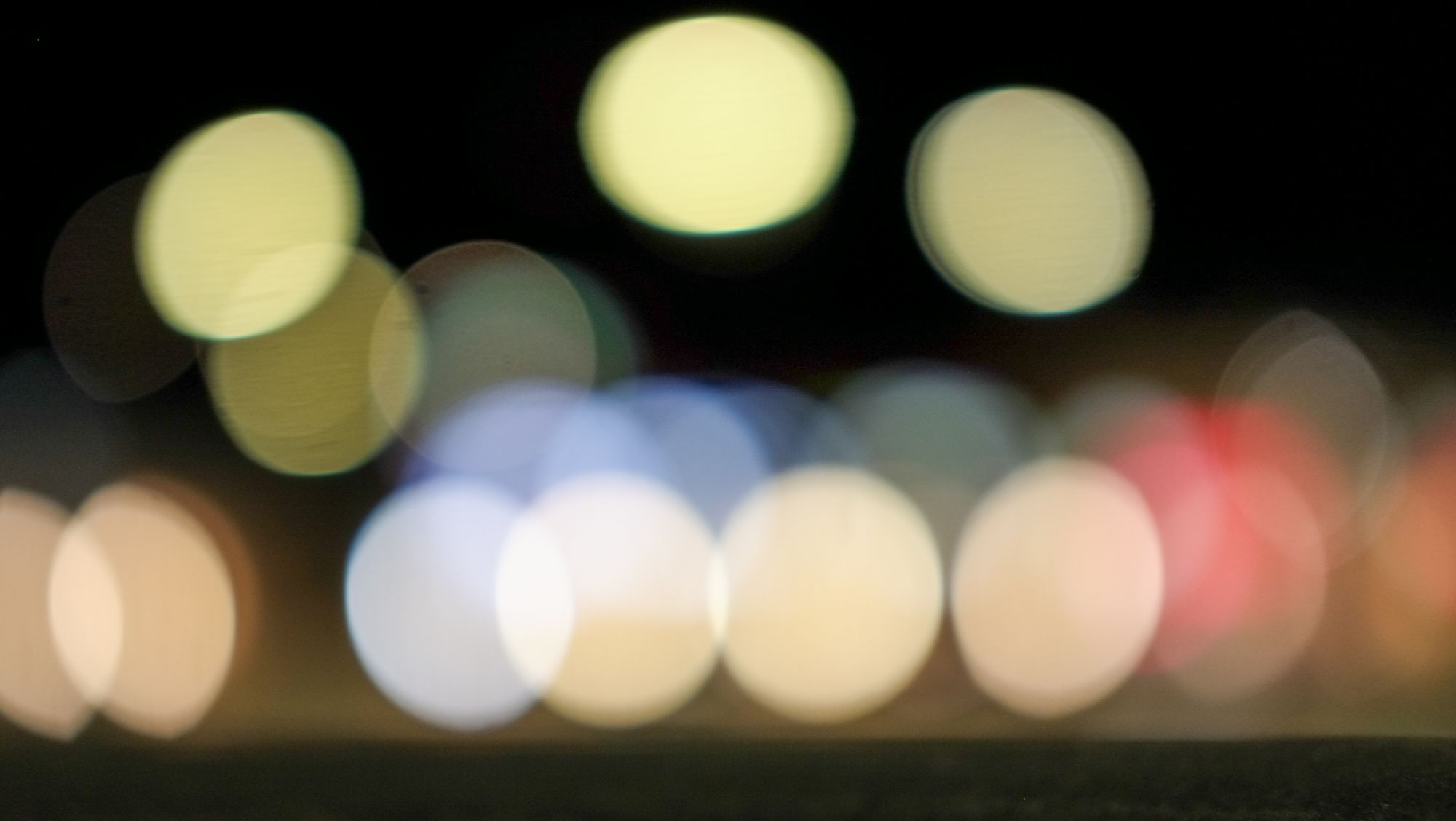
Some of these images were taken in December, with temperatures of -32 degrees Celsius or -25.6 degrees Fahrenheit. I kept missing focus, over and over again, To the point where I thought that I was doing something wrong. Is my AF-L button working? But it seems like it was the cold that was affecting the performance of the lens.
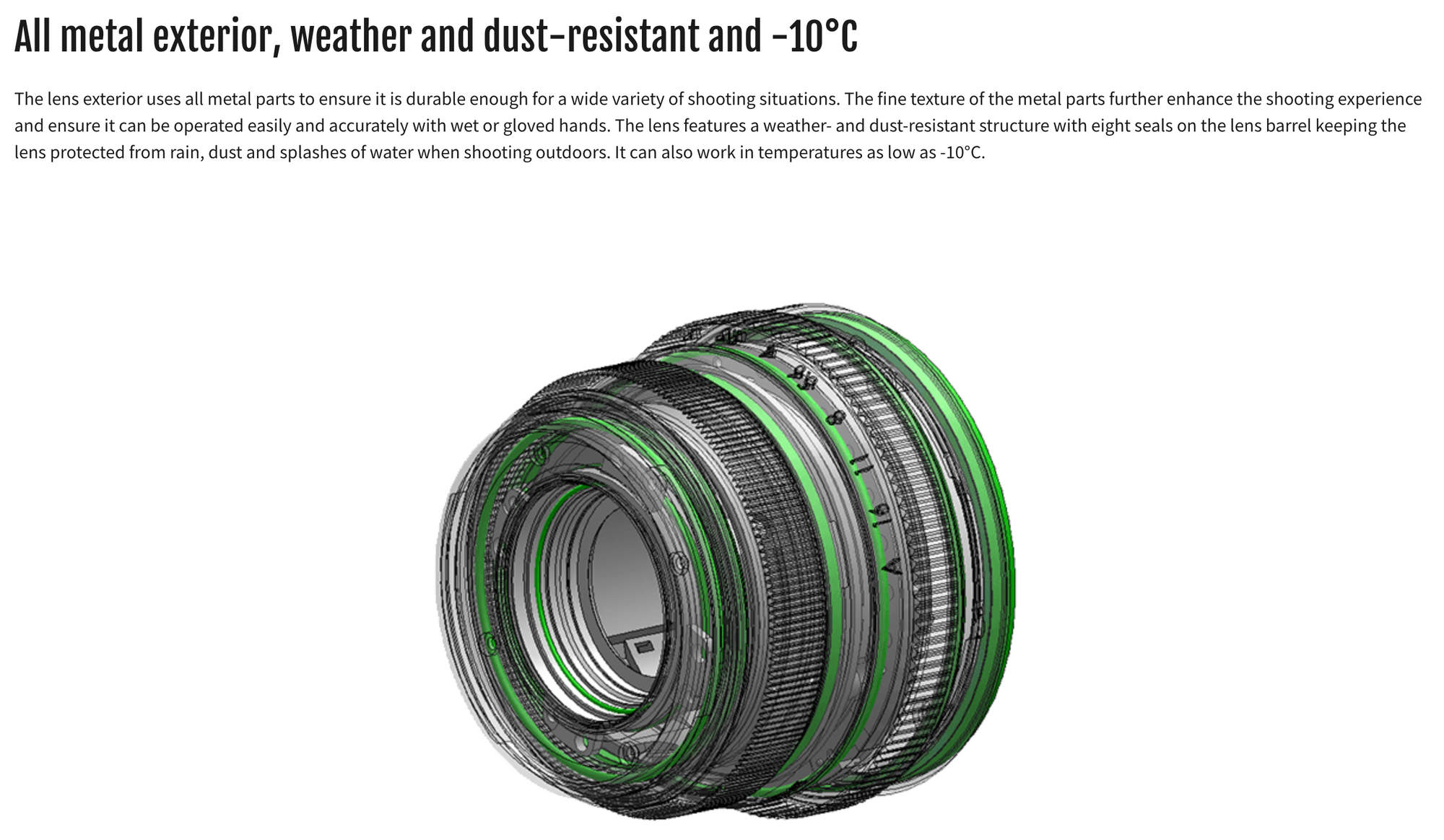
But to be completely fair, Fujifilm says that the lens works up to -10 Celcius, so this is entirely on me, I’m not going to blame the lens or anything like that.
But in normal situations, the lens is fairly snappy and quick to focus, even with older cameras like the X-Pro1, if fact I would suggest only getting Fujicrons with older cameras, to take advantage of the focusing speeds.
This just goes to show that when we read weather resistance or weather sealing, we automatically assume it will work on any sort of condition, At least I did, I was wrong, now you know. Moving on.
It was also difficult to try to capture moments in general, because of the current state of the world. Everywhere you look, you see this, the emptiness is very noticeable, at least for people that try to showcase a balance between character and environment like me.
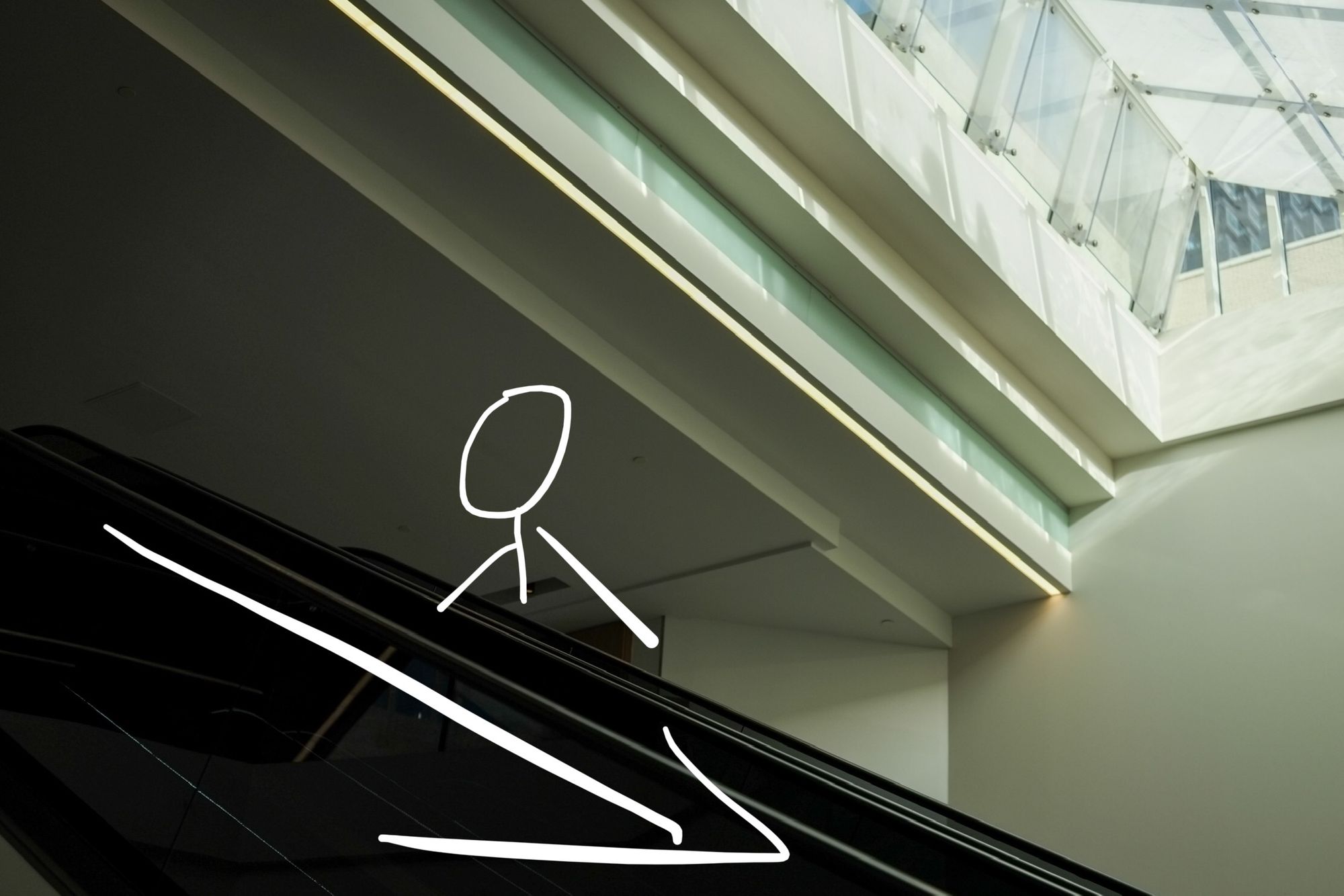
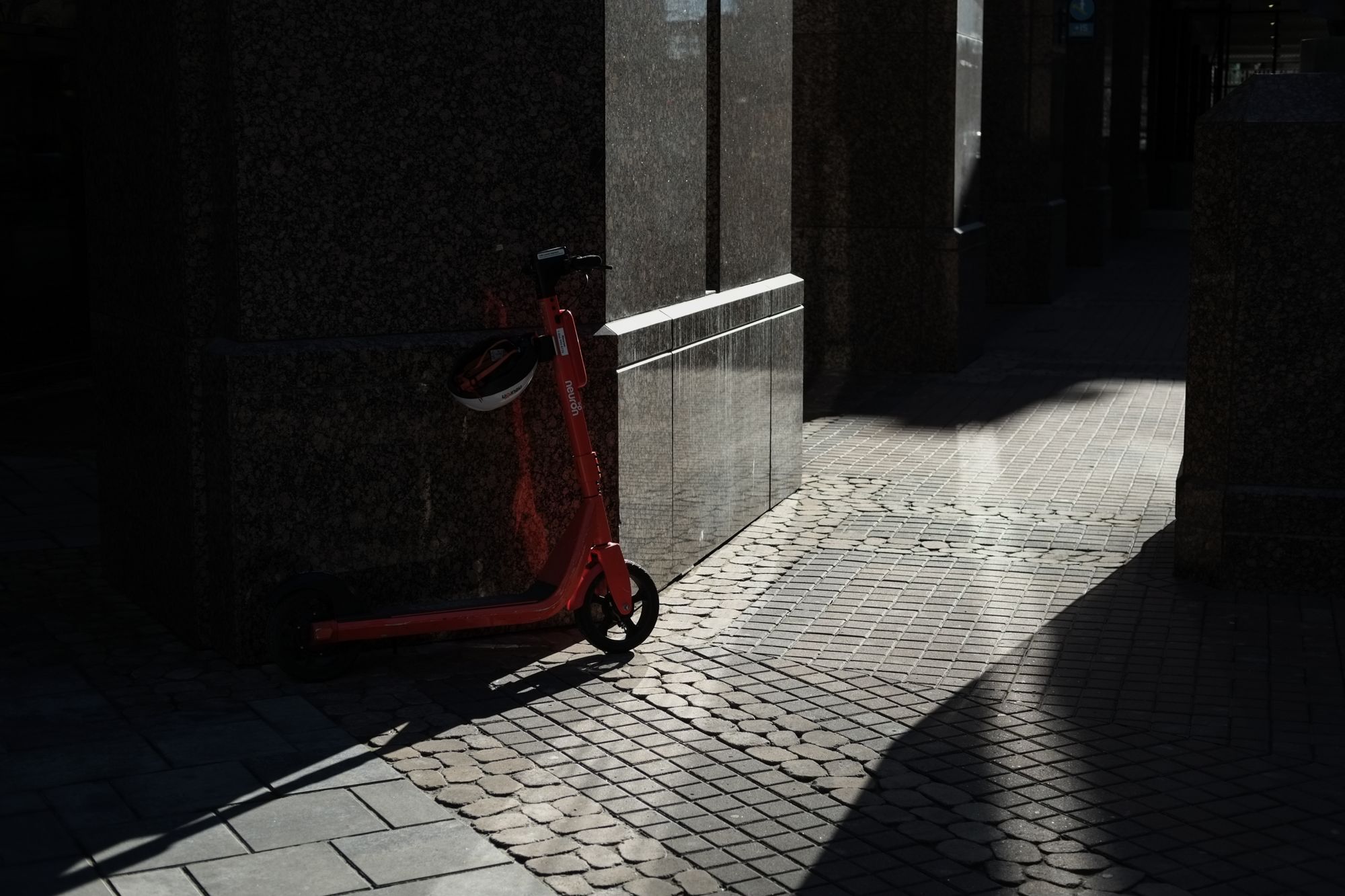
I wanted to capture a person right here, I even waited there for 35 minutes, nothing. Or a person here, I waited for this one as well, but nothing. And this is downtown btw.
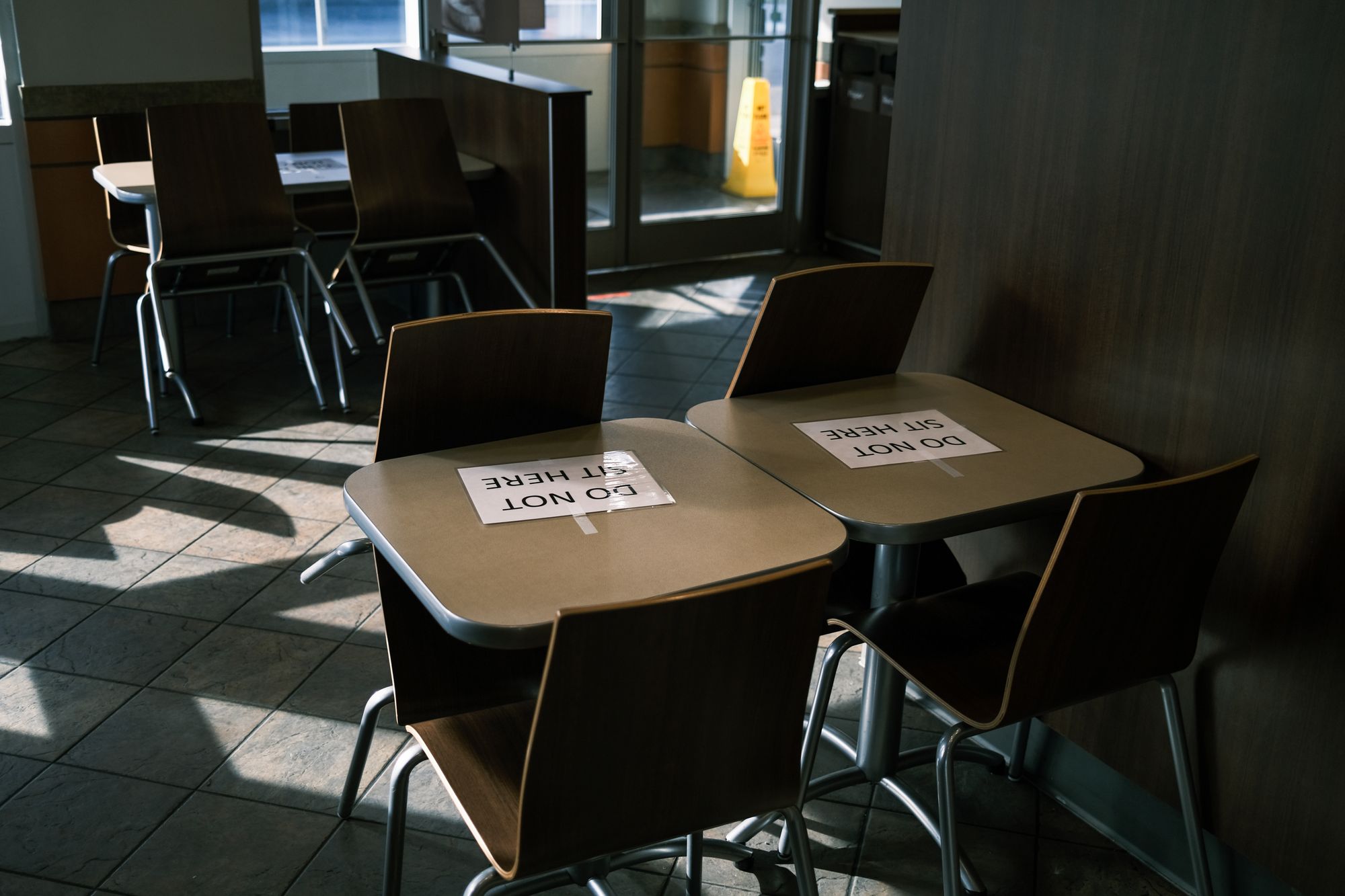
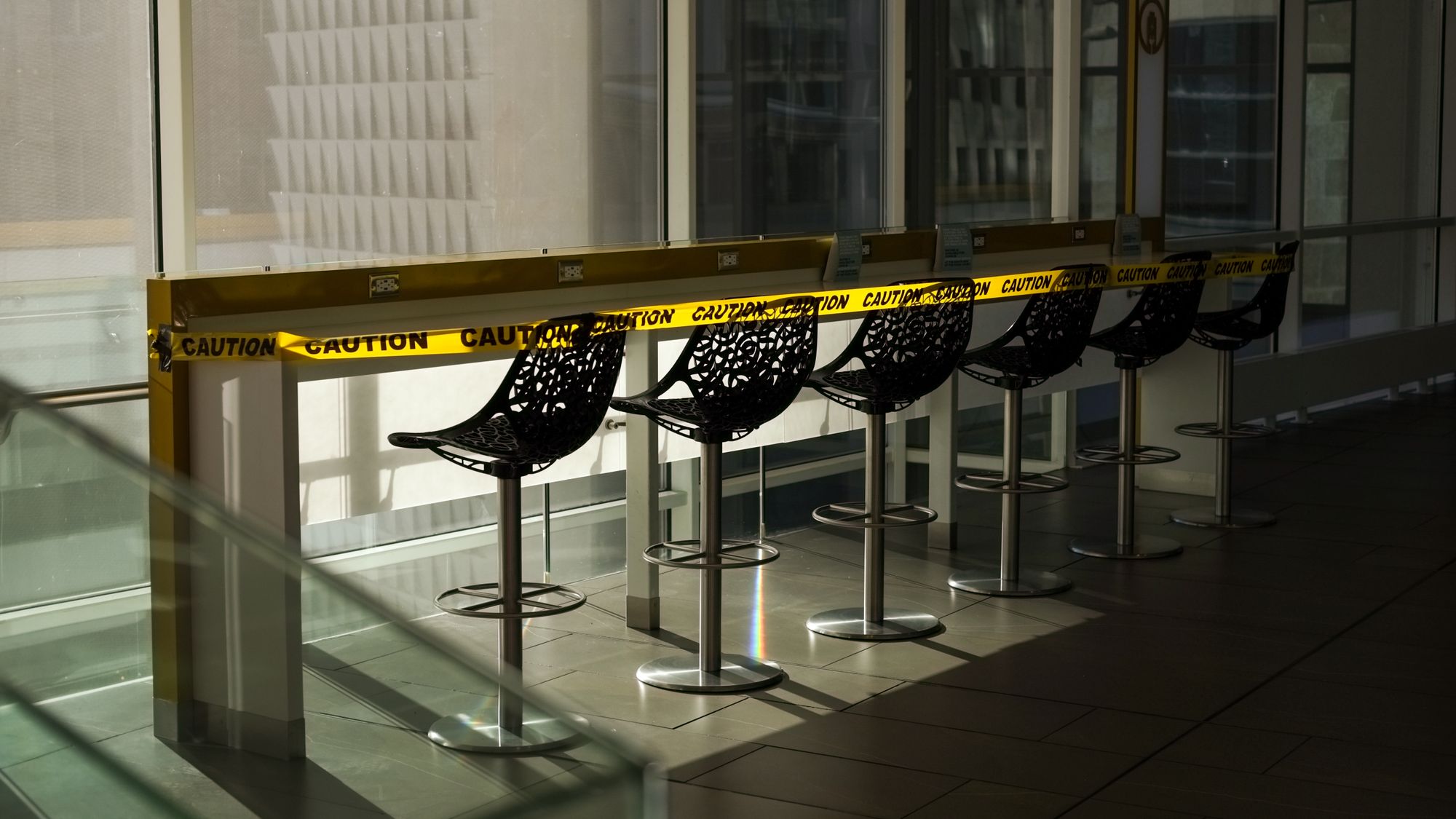
I took this photo A in the summer of 2020 for my X100V review, And I took Photo B in 2022 for this review and honestly, not a lot has changed since then. But moving on.
The absence of people is a stark reminder that things are not necessarily great out there. And although this doesn't have anything to do with the lens, it does slow down my process significantly, because iterations is what drives the learning curve.
If you’re unsure of what I mean, then I recommend you check out my 10,000 iterations video. That explains it well. Moving on.
Composition and framing are different with this lens, a tighter focal length creates separation between you and your subjects.
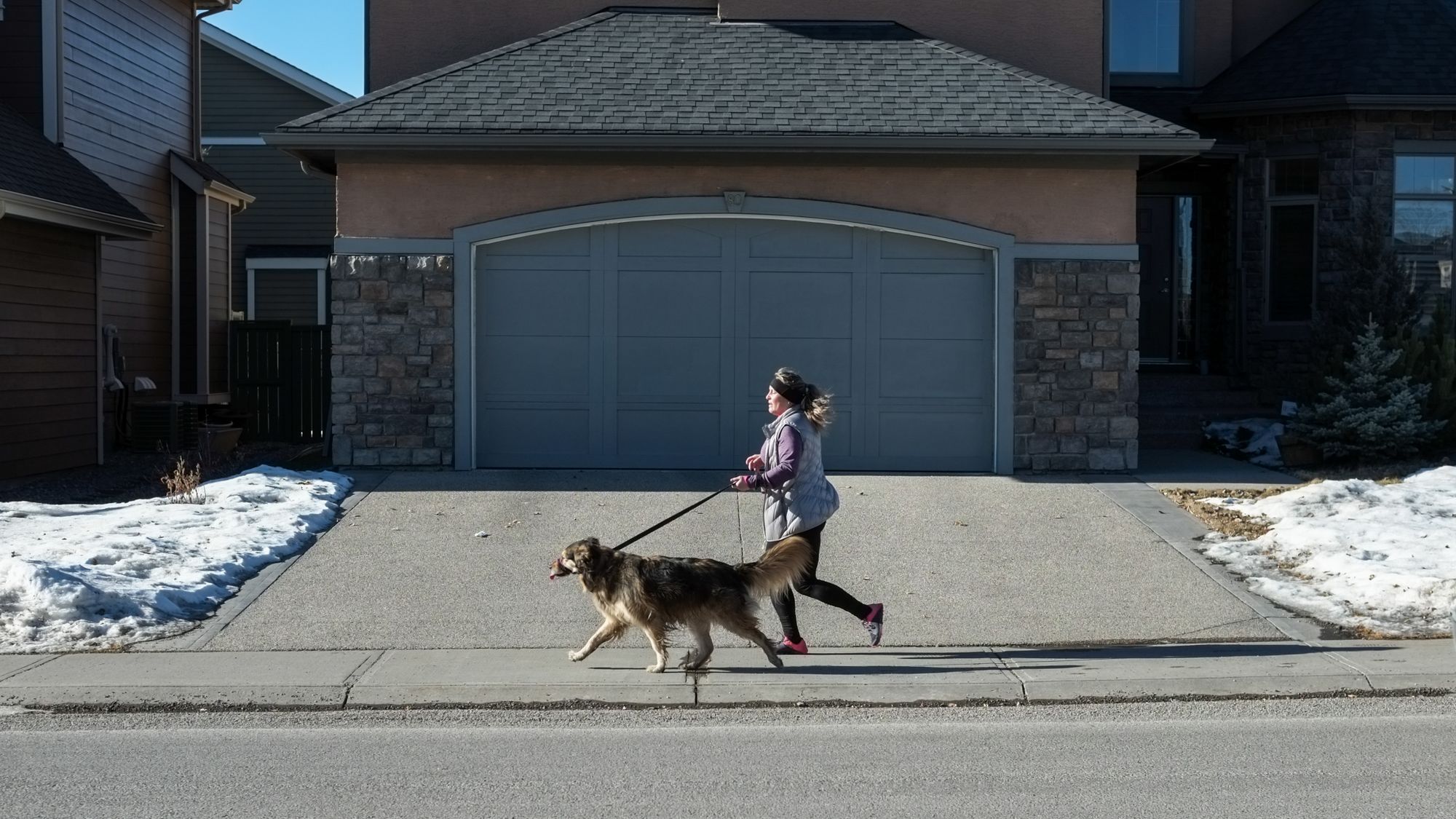
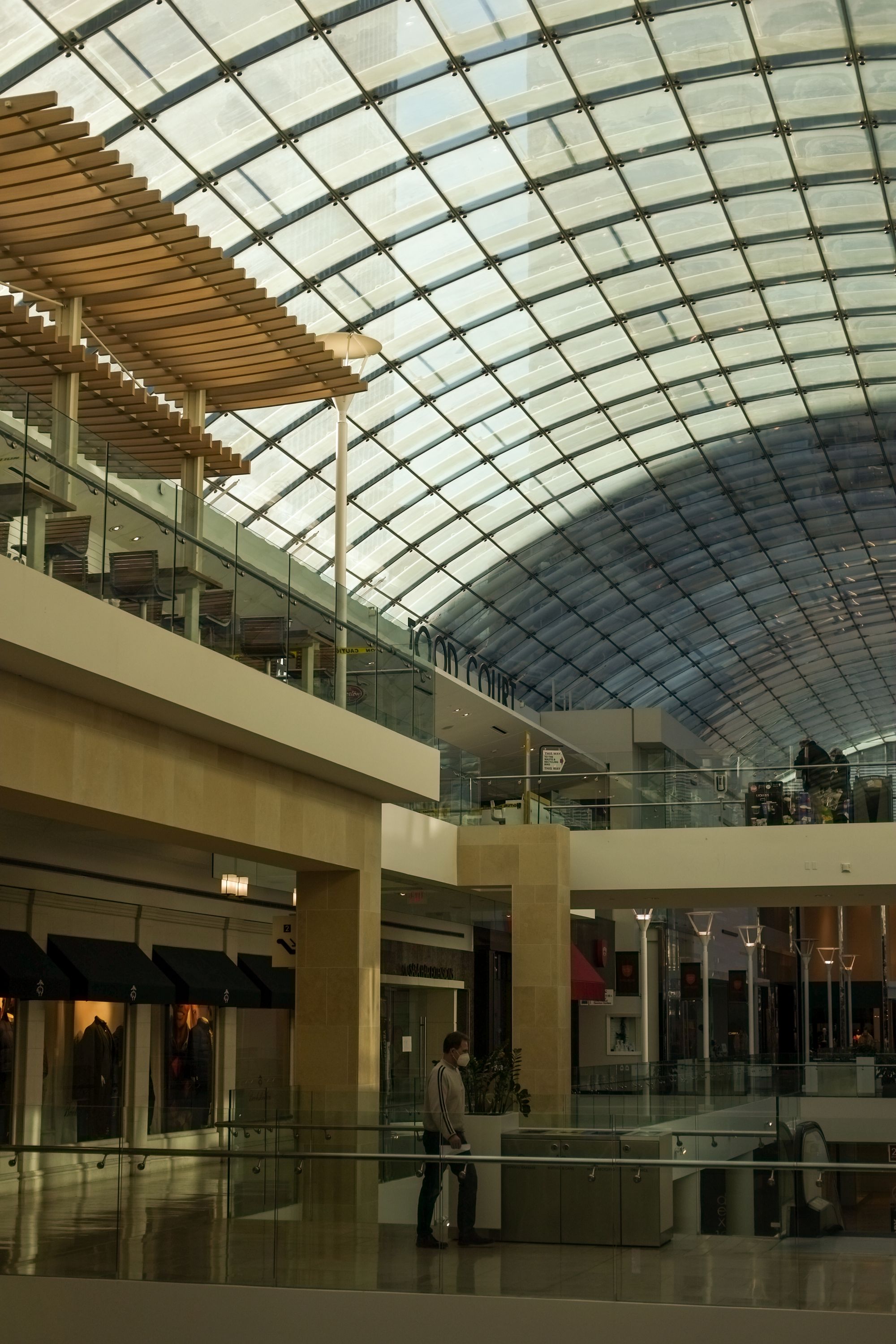
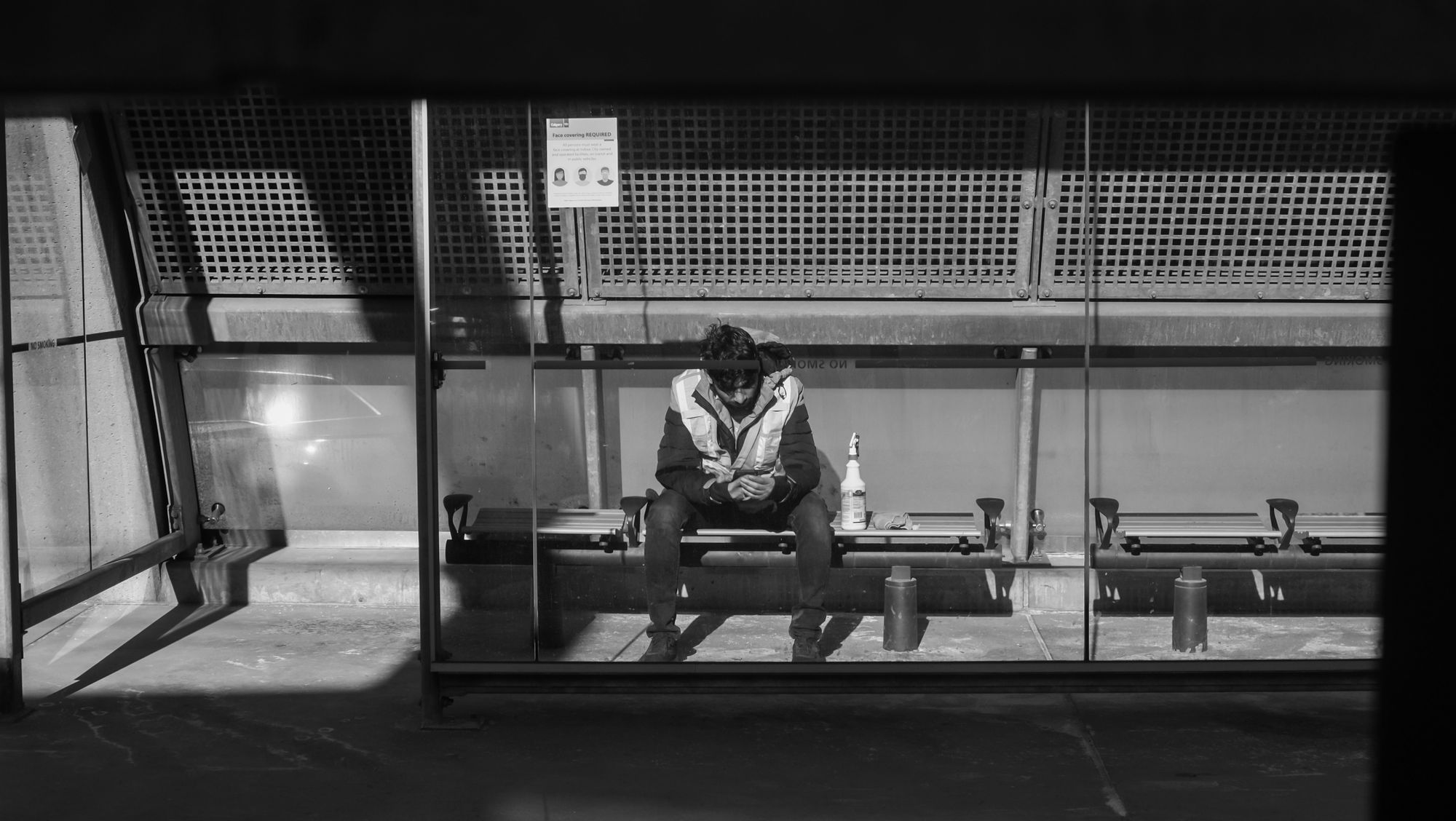
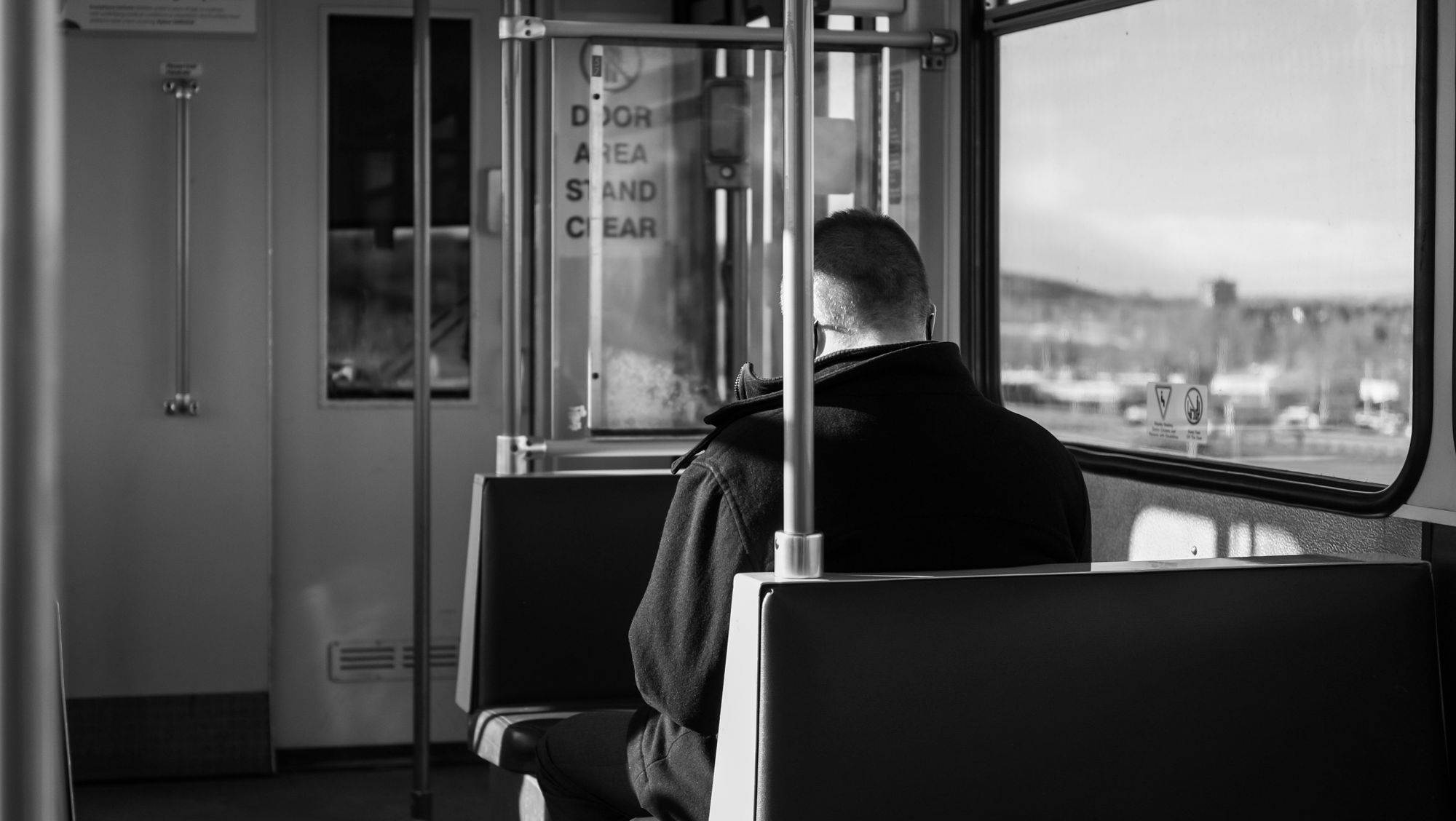
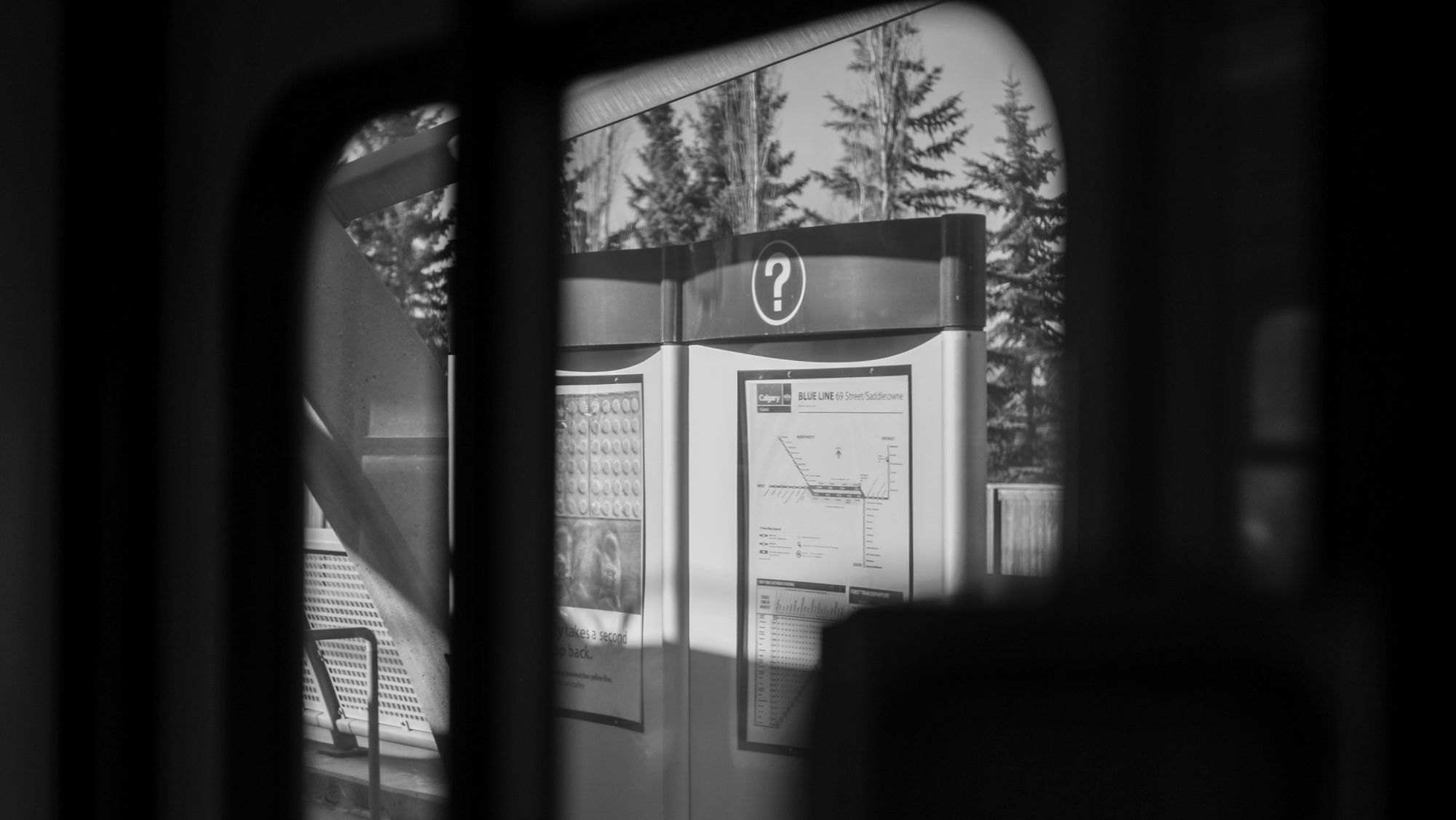
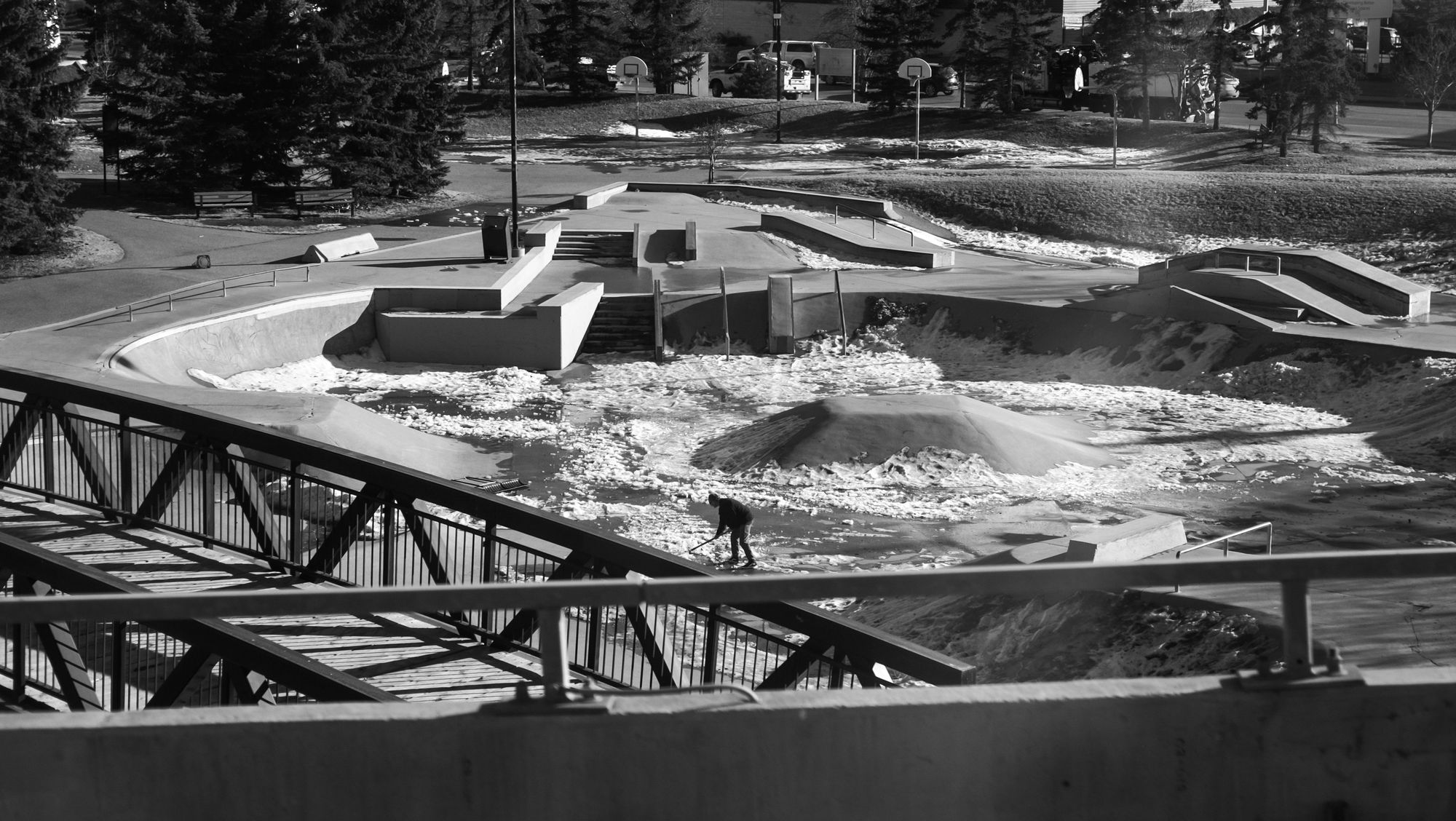
It allows you to feel safe but at the same time, more detached from what is happening around you. I cannot say this is good or bad, It really depends on how comfortable you are with street photography, getting close to your subjects and even getting noticed. But there is a noticeable difference.
But once you get back into the rhythm, the lens is a joy to use, small, lightweight, fast. However, this is not the only 35mm option for fuji cameras.
Lens Options & Suggestions
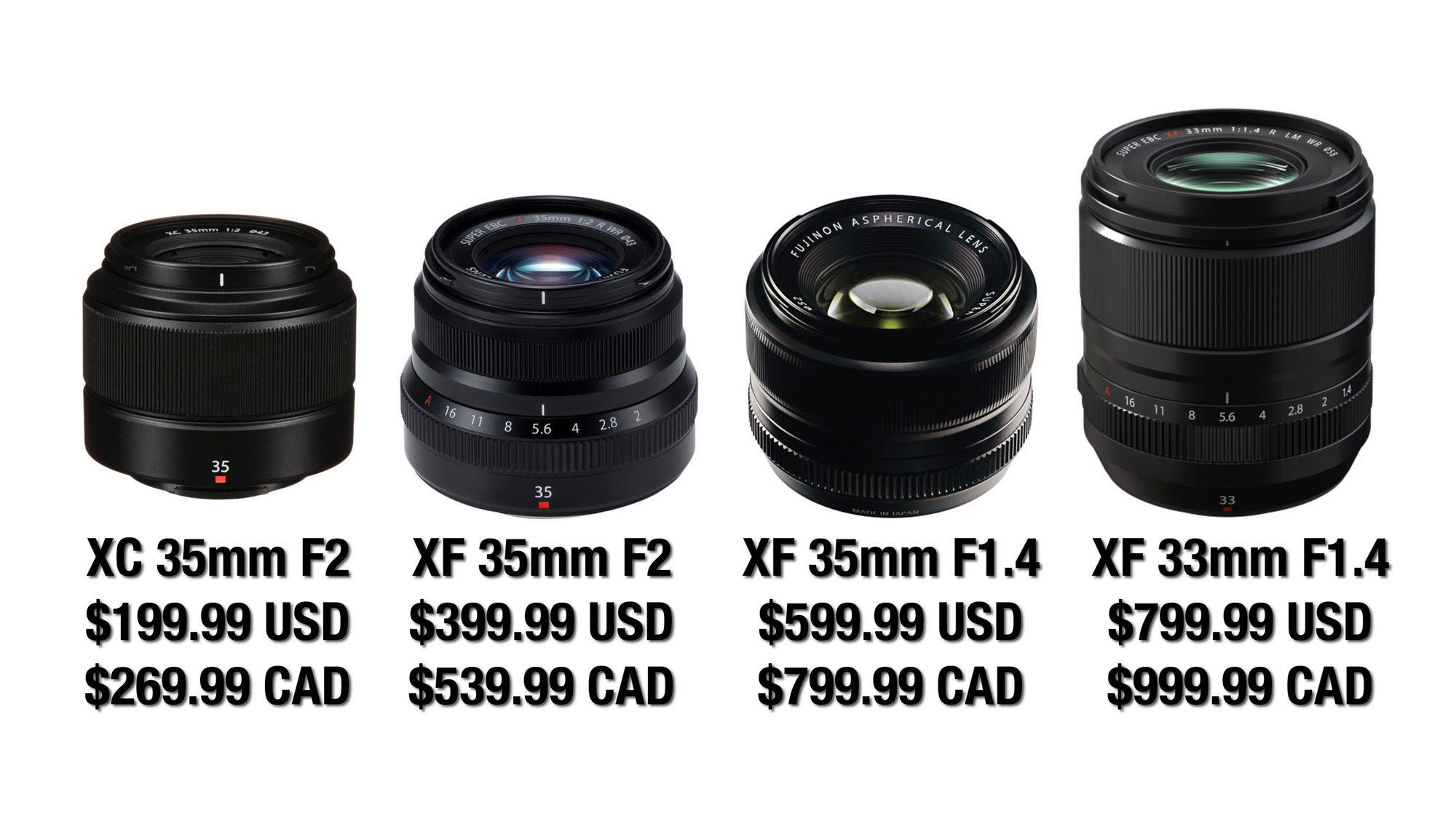
At the moment, there are 4 Fujifilm 35mm lenses available, the XC 35mm F2, the XF 35mm F2, the XF 35mm F1.4, and now the XF 33mm F1.4 LM WR, which is the only lens with an actual 50mm focal length.
But this is the one I recommend you start with, I mentioned that I like to have control of my settings and dials, so I need the aperture ring. So I can’t recommend the XC f2, The 1.4 version is slower than the F2, and with old cameras like the Xpro1 is even slower. So I can’t recommend that one either.
The new 33mm f1.4 looks really interesting, and I would like to try it out in the future, but I make do with what I can, and that lens is beyond my budget. If your budget allows it, consider it, if not, I recommend the f2 version. Especially when you pick it up used as I did, you can save a bit of cash that way.
Who Is This Lens For?
The initial idea was very simple, I wanted to try a new lens, learn something new and try to advance my craft. And for that, we have to be willing to put in the work, and not be afraid to fail in public.
Like I mentioned earlier, At first, the ride was very bumpy, but towards the end, it was rewarding, this lens is a joy to use, And I highly recommend it.
Maybe for people that want to get into street photography and want that bit of separation and safety or people that like to do mix styles and do street and also portraits or product photography for example.
For People that are mindful about their spending or have a tight budget, I think this is the 35mm lens to get. Not the only lens to get, but the 35mm lens to get. If you would like to see a video talking comparing the 23mm vs the 35mm, then let me know!
Conclusion
So that’s my experience with the Fujinon 35mm lens, a reasonable balance between quality, portability and price. And I highly recommend it.
As always I'm curious to know what you do think, Do you enjoy the 50mm equivalent focal length? which lens do you prefer? You can watch the full piece linked below:


